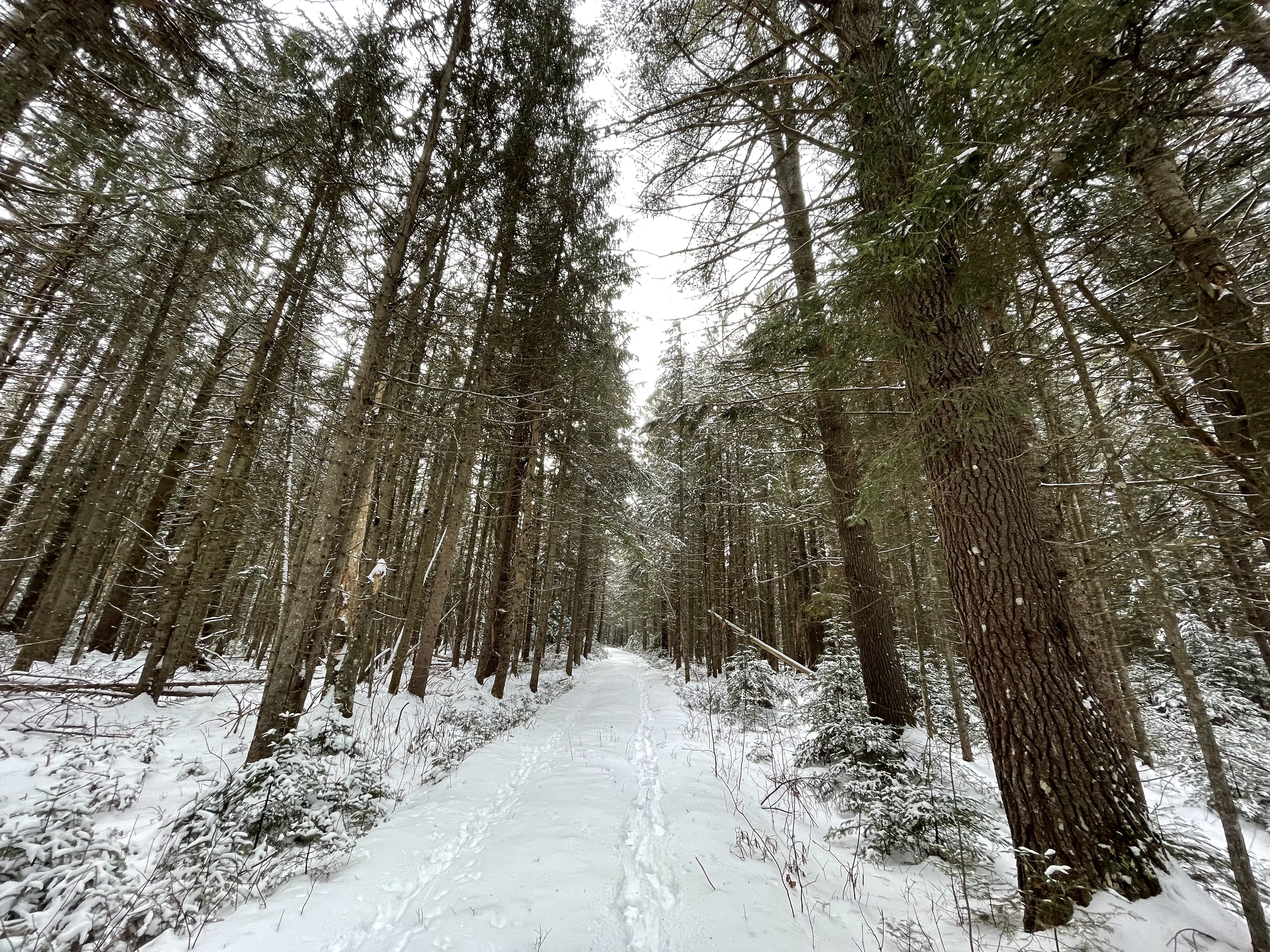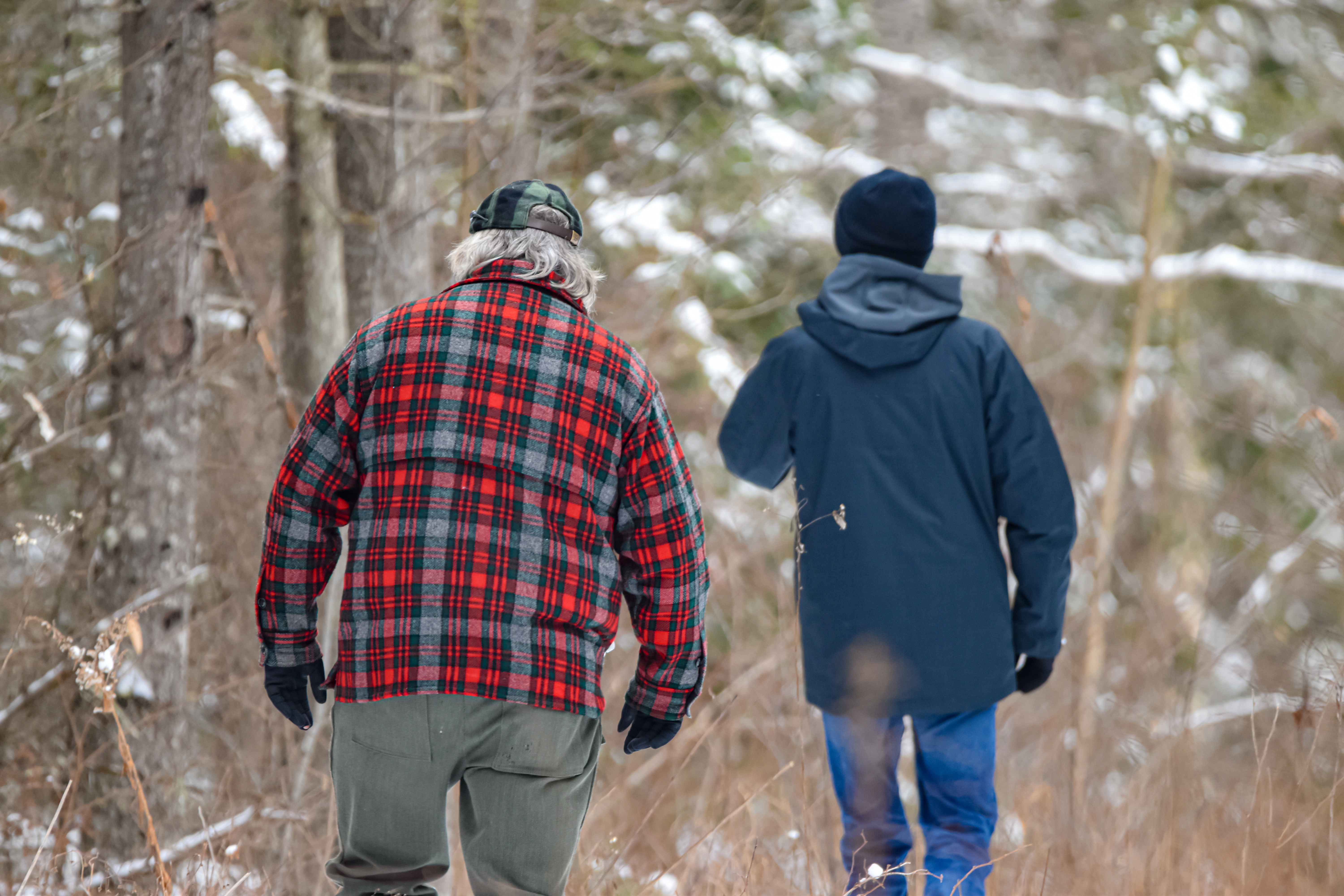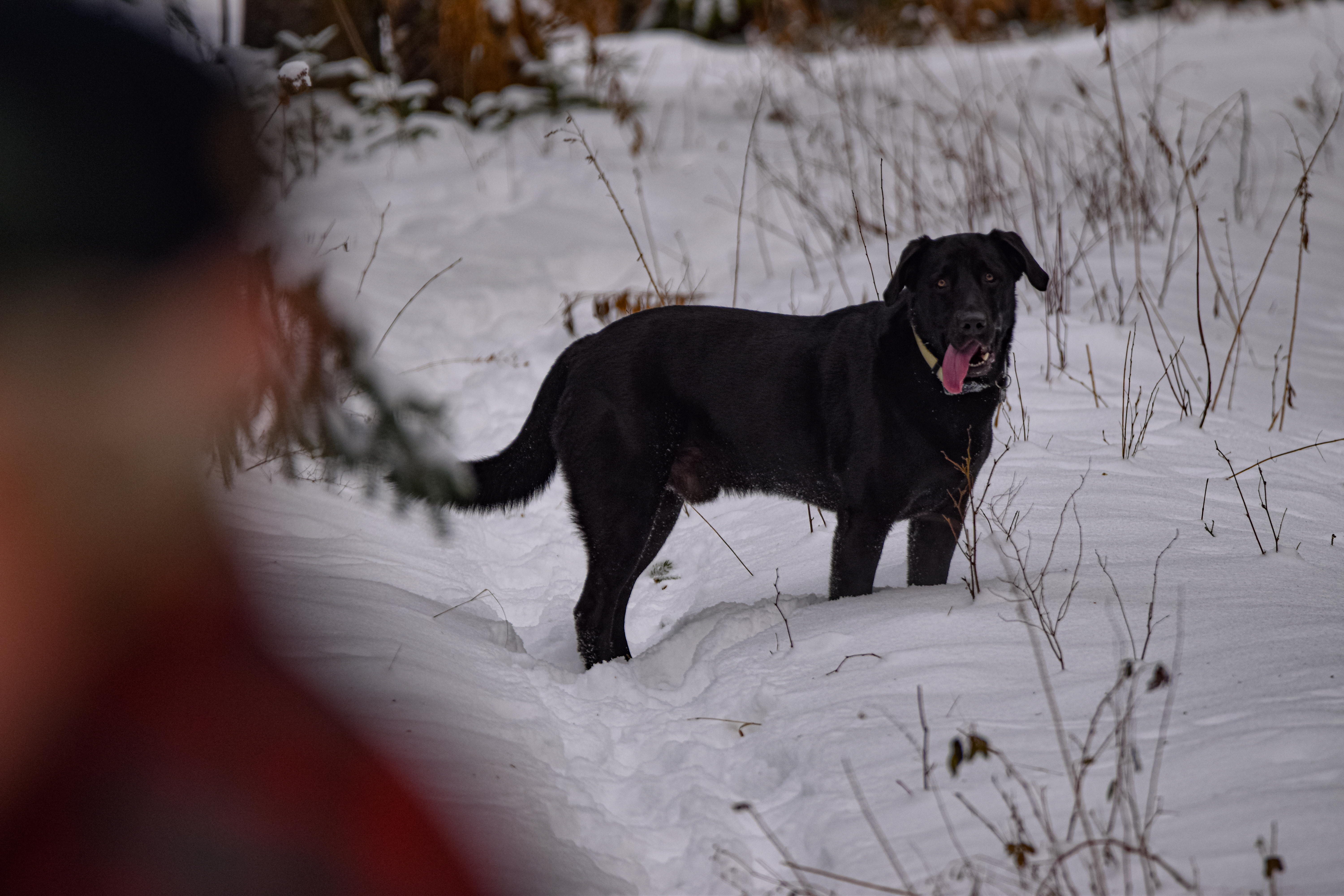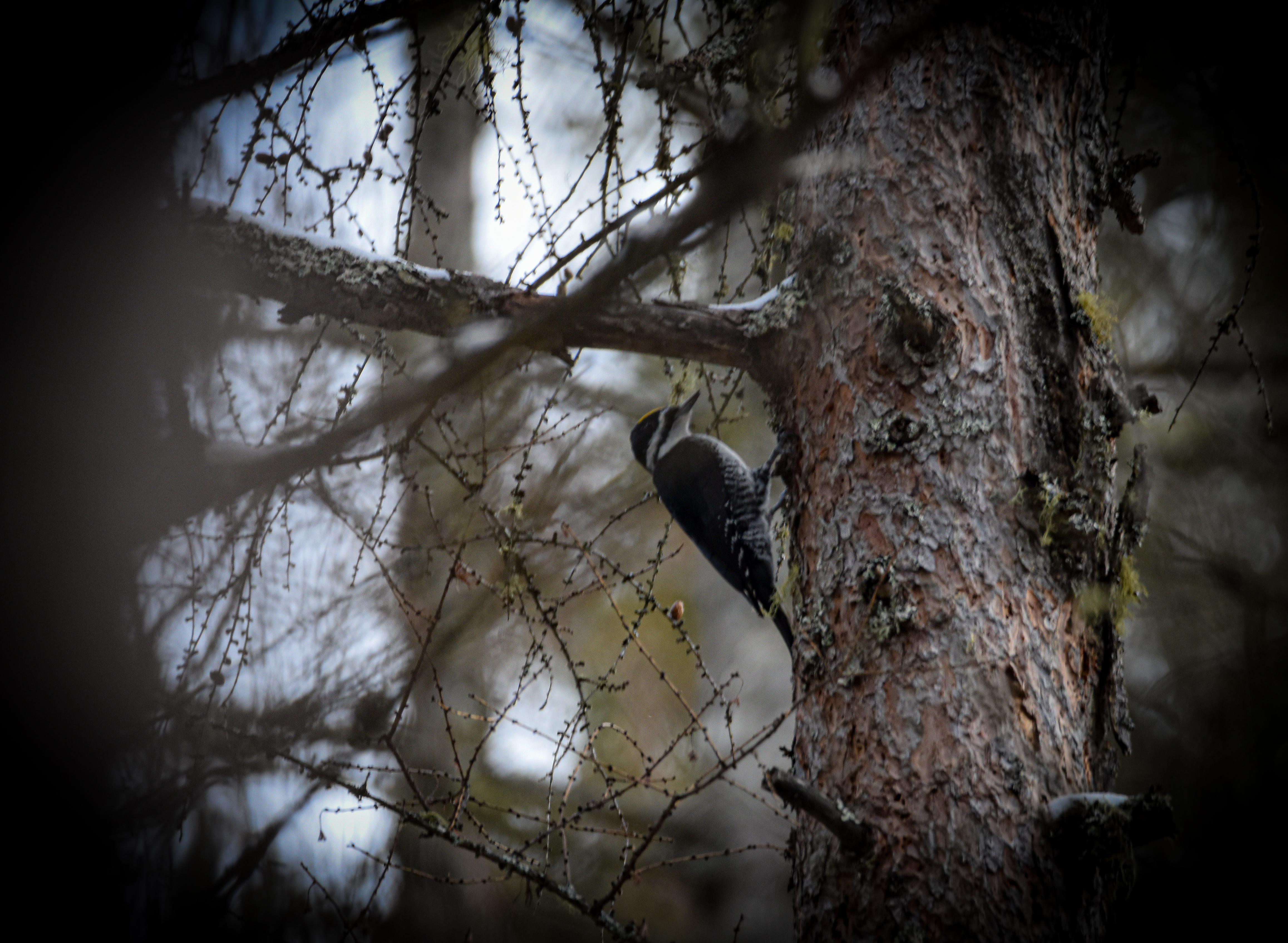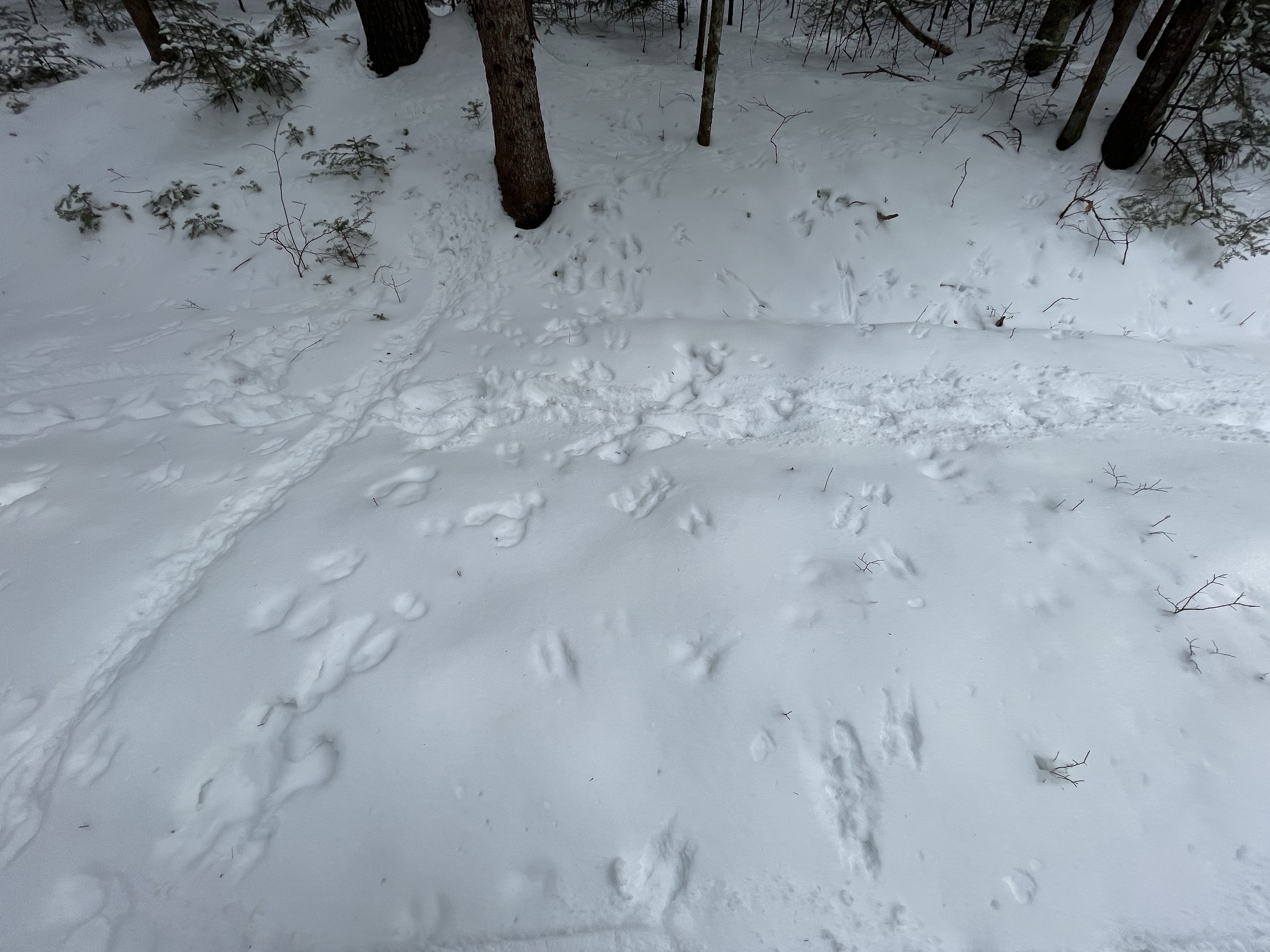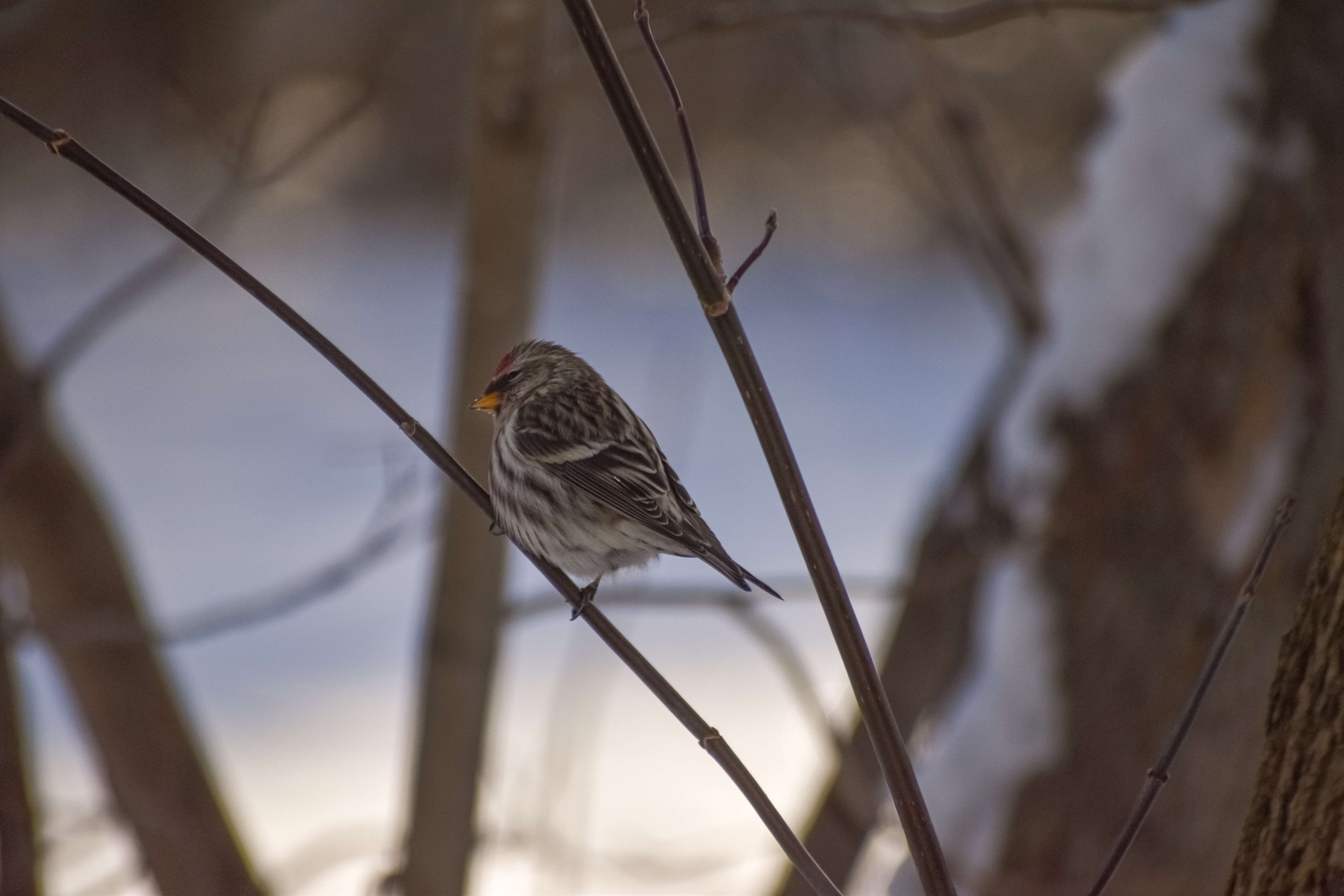Seeing the Leaves in the Adirondack Hub
Submitted by guest blogger Susan Repko
When the leaves start turning around Schroon Lake, the common refrain on Main Street is, “this is the best time of the year.” Summer is full of wonderful activities here, but fall is a quiet and gentle season. The crowds have left and the Adirondack chairs on the beach are empty. There’s a whiff of wood smoke in the air and colored leaves sprinkle the sidewalk. Lucky people return in the fall to witness the mountains showing off their colors. The leaves start previewing the foliage season in September, but then burst with color during the first two weeks of October.
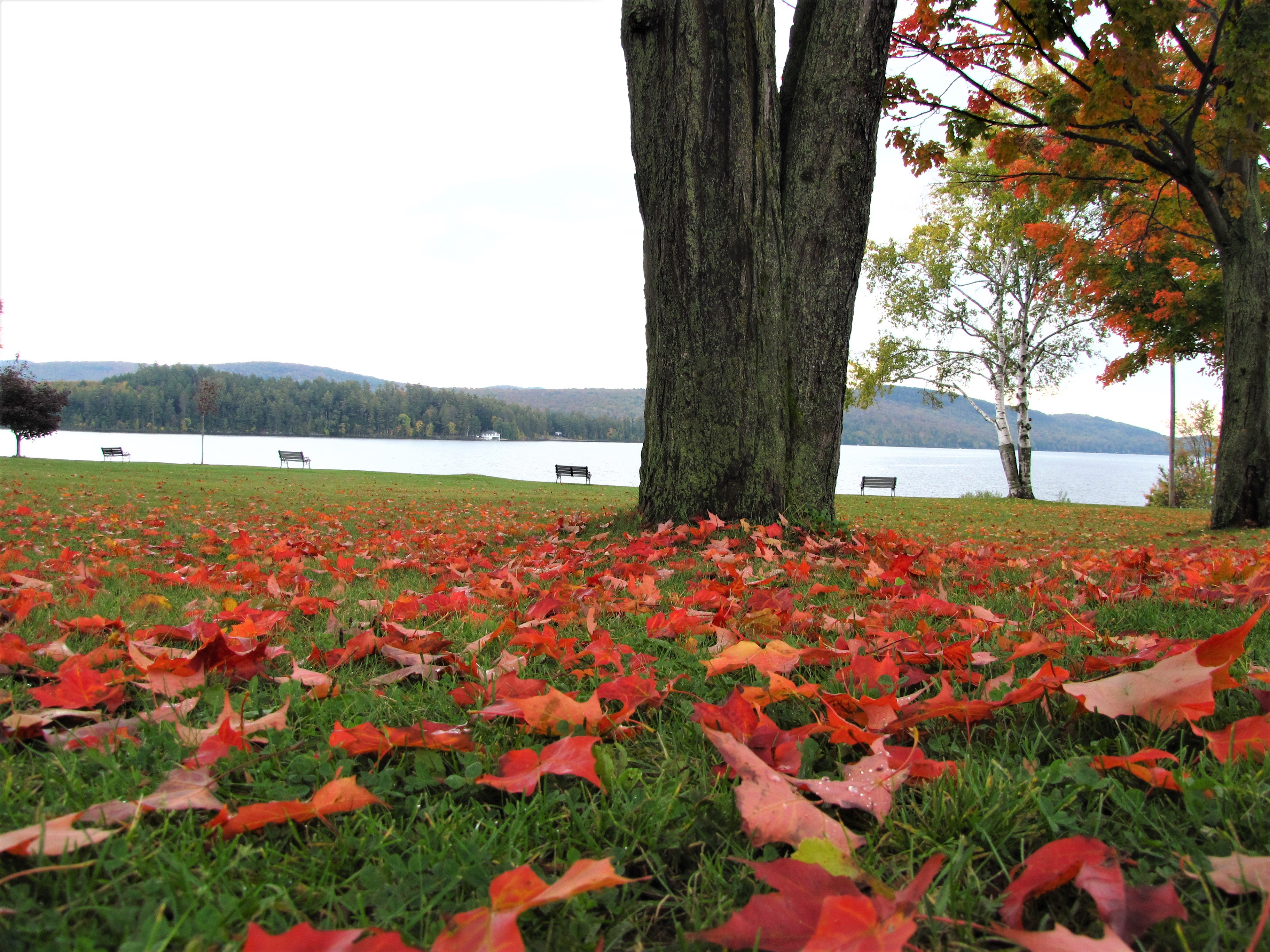
For me, this season conjures up memories of being in a station wagon with my seven siblings. My parents would drive around the area for us to “see the leaves.” We would "ooh" and "ahh" at each turn in the road. I particularly remember walking into Crane Pond with my grandfather, a proud Adirondack guide, where the tall trees were resplendent with yellow leaves. It felt like being in nature’s chapel. The scenic vistas haven’t changed over time but wait for us to discover them again. There are many ways to enjoy this annual explosion of color.
Walk around town
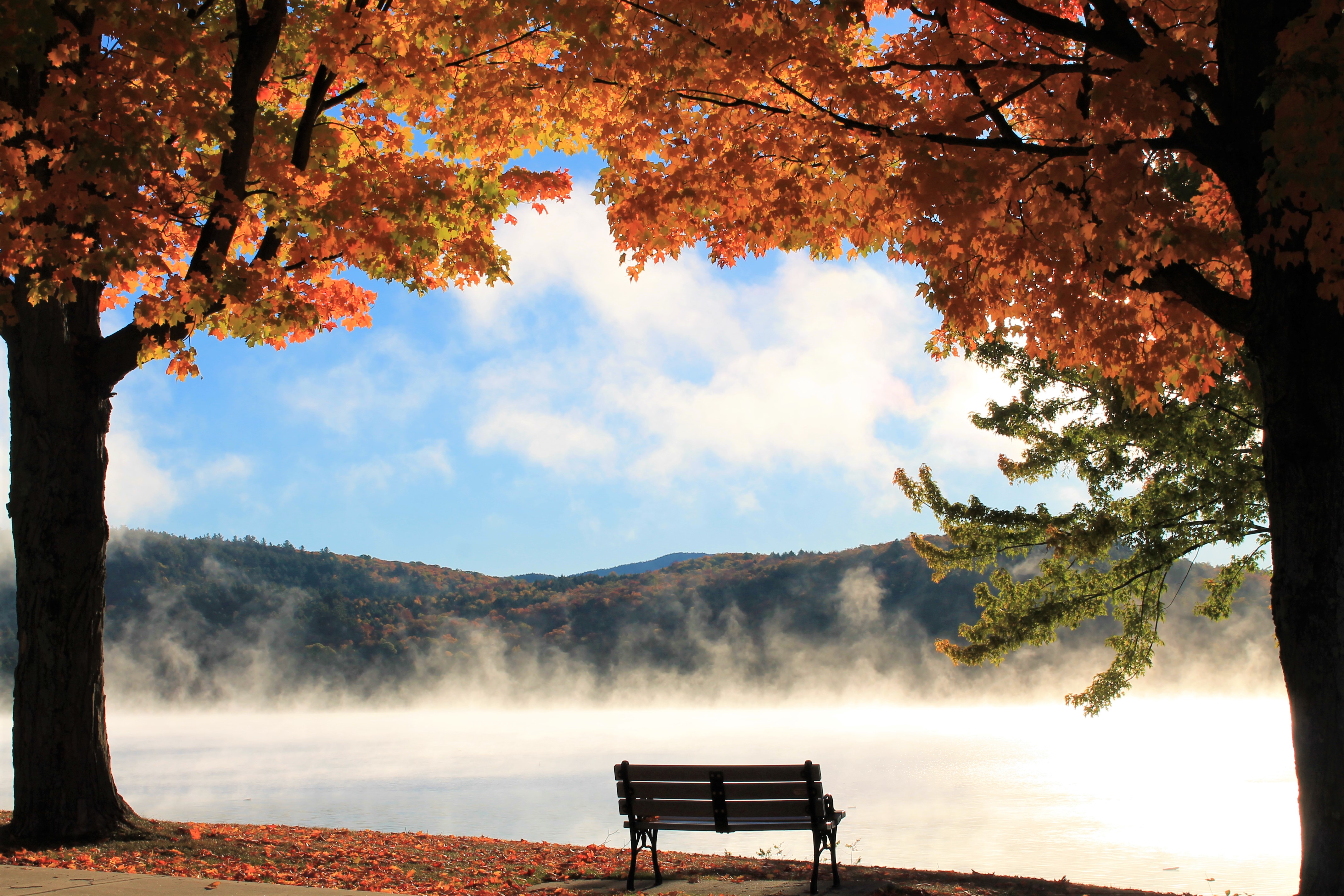
I have a yearly ritual when the leaves peak. Around 8 a.m., I grab a cup of coffee at 9 Mile Coffee and walk to the town park. I love to hear the leaves swish with every step. Settling on a bench overlooking the lake, I watch the fog lift from the water and mountains. Although I’m surrounded by crisp air, I stay comfortable wearing my fleece and holding the warm cup between my hands. The mist moves upward, slowly revealing colors of red, orange, and yellow mingled among the green pines. The sky shows its best blue this time of the year. On a sunny and calm morning, all is reflected on the water and the effect is magnified. It’s quite a performance.
Drive around the area
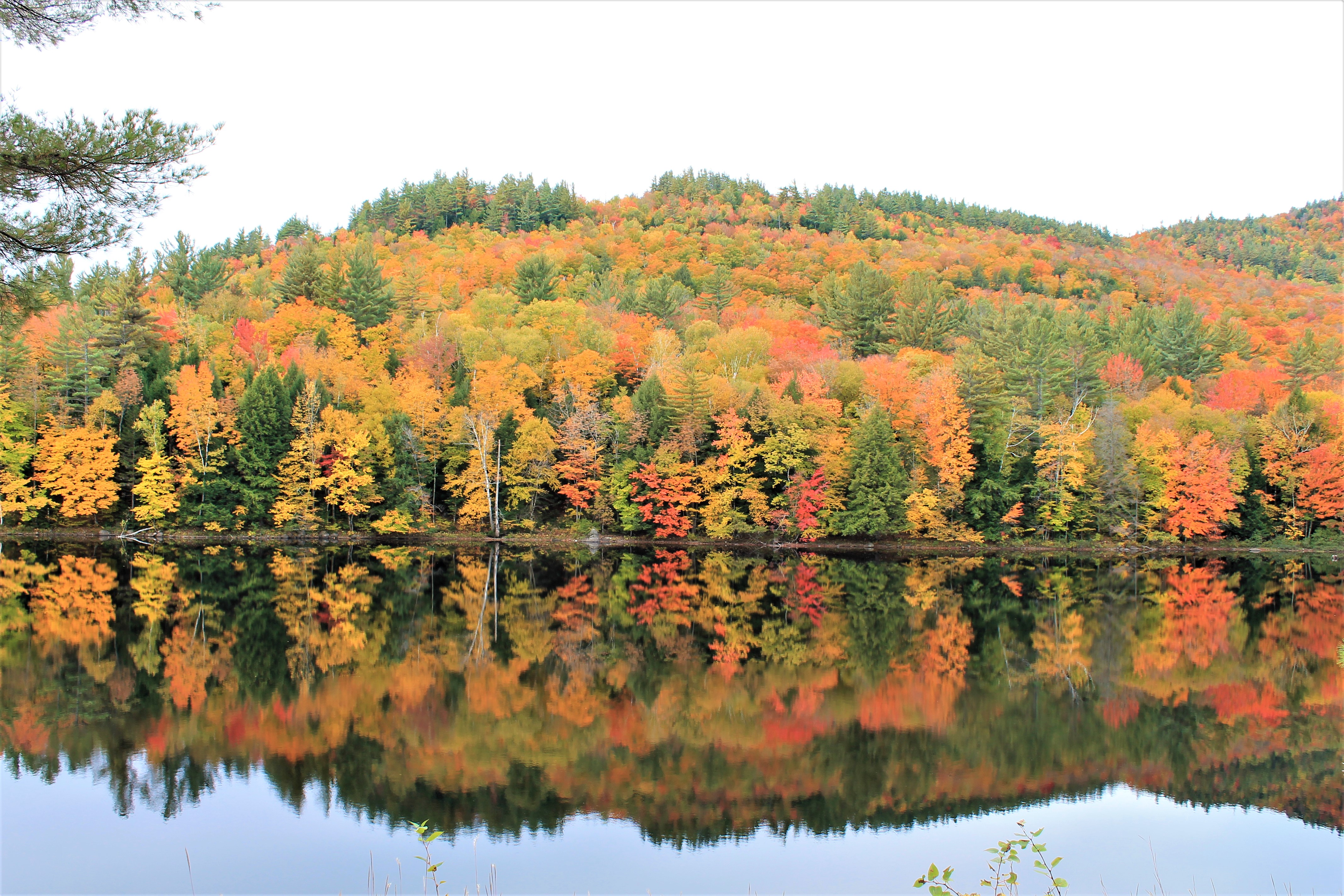
When the leaves peak, my husband and I take our annual pilgrimage through the countryside to see nature’s splendor. With a full picnic basket in the trunk and our dalmatian curled up in the back seat, we drive north on Route 9 and follow the leaves. There’s no destination, just a peaceful journey. Although we drive down the same roads all year, this trip is more of an adventure. Each turn in the road may expose a panorama of mountains in color or a maple standing alone in a field, showing off its reds.
We take the Northway to Exit 29 and turn left onto Blue Ridge Road. Palmer Pond is located on the left and we like to take pictures of the reflection of the trees on the water. Last year my camera captured a loon swimming into the field of vision with the stunning foliage in the background. That shot is hanging over my fireplace.
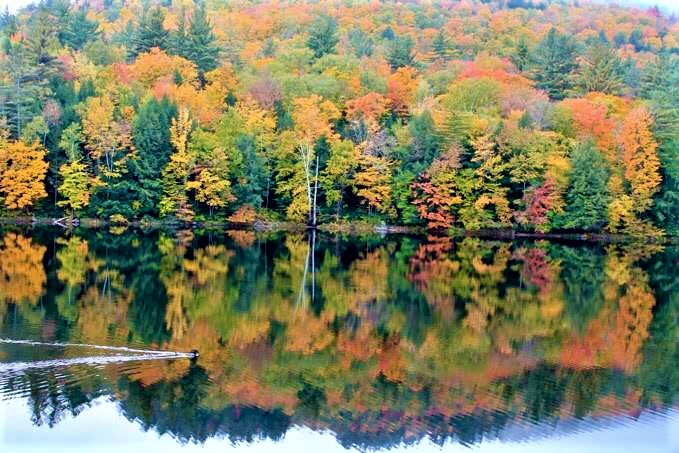
We drive two miles further down the winding road with colors blurring to Blue Ridge Falls. When we step out of the car, everything stops. It’s nature-quiet with the sound of splashing water and chattering birds. You can smell the fresh mountain air. Although the waterfall is visible from the road, we like to walk down the trail from the parking area to the river. It’s an iconic Adirondack scene with water cascading over rocks and autumn foliage.
A short distance down the road we take a right at the sign for Elk Lake Lodge. We drive down a several-mile long road under a canopy of trees in color. From the parking lot we walk up to the lodge and stand at the water’s edge. This is one of the most breathtaking views of the Adirondack High Peaks. Although it’s a privately-owned forest preserve, visitors may enter the property to see the lake. It’s also an authentic Adirondack place to stay and experience nature at its best.
Walking through the woods
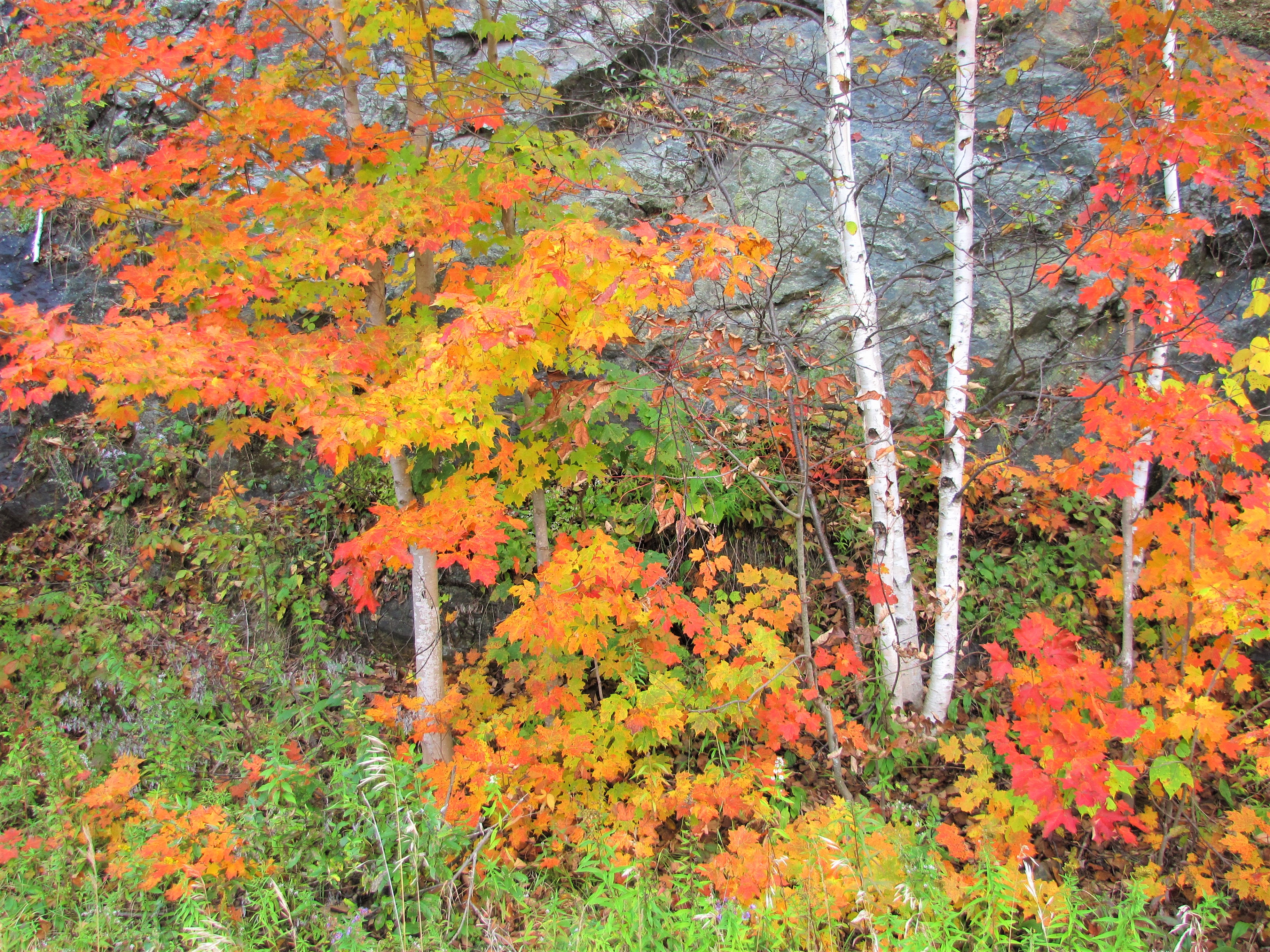
A wonderful way to experience fall in the Adirondacks is to follow a trail in the woods. I love seeing the dappled light on the forest floor and painted leaves peeking around white birch trees. I enjoy meandering down an easy trail with my dalmatian and a few friends.
There are many places to hike in the Schroon Lake area, but one of my favorites is on Scaroon Manor, a state campground that’s located five miles south of the village. Camping is closed at this time of the year, but you can enjoy the trail during every season. Starting at the parking lot you follow the path along the lake that opens to some of the finest views around. You can look for animal tracks on a long natural beach and read illustrated posters about the famous resort that was once located there. The trail takes about 40 minutes and circles back to the parking lot.
You are invited to see Schroon Lake’s natural beauty and experience its quintessential fall season. While you're here, enjoy our local restaurants and be sure to check out our seasonal special events!
This week in ADK news:
Biking Fish Creek and Rollins Pond
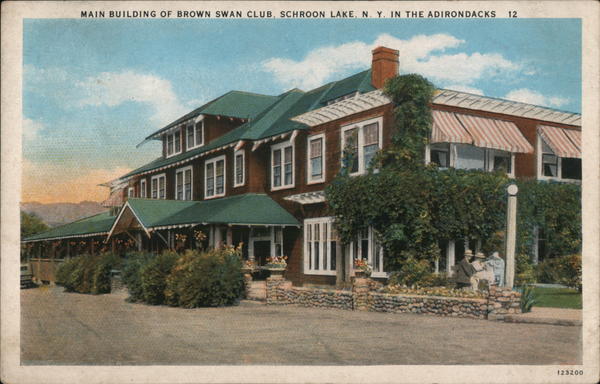
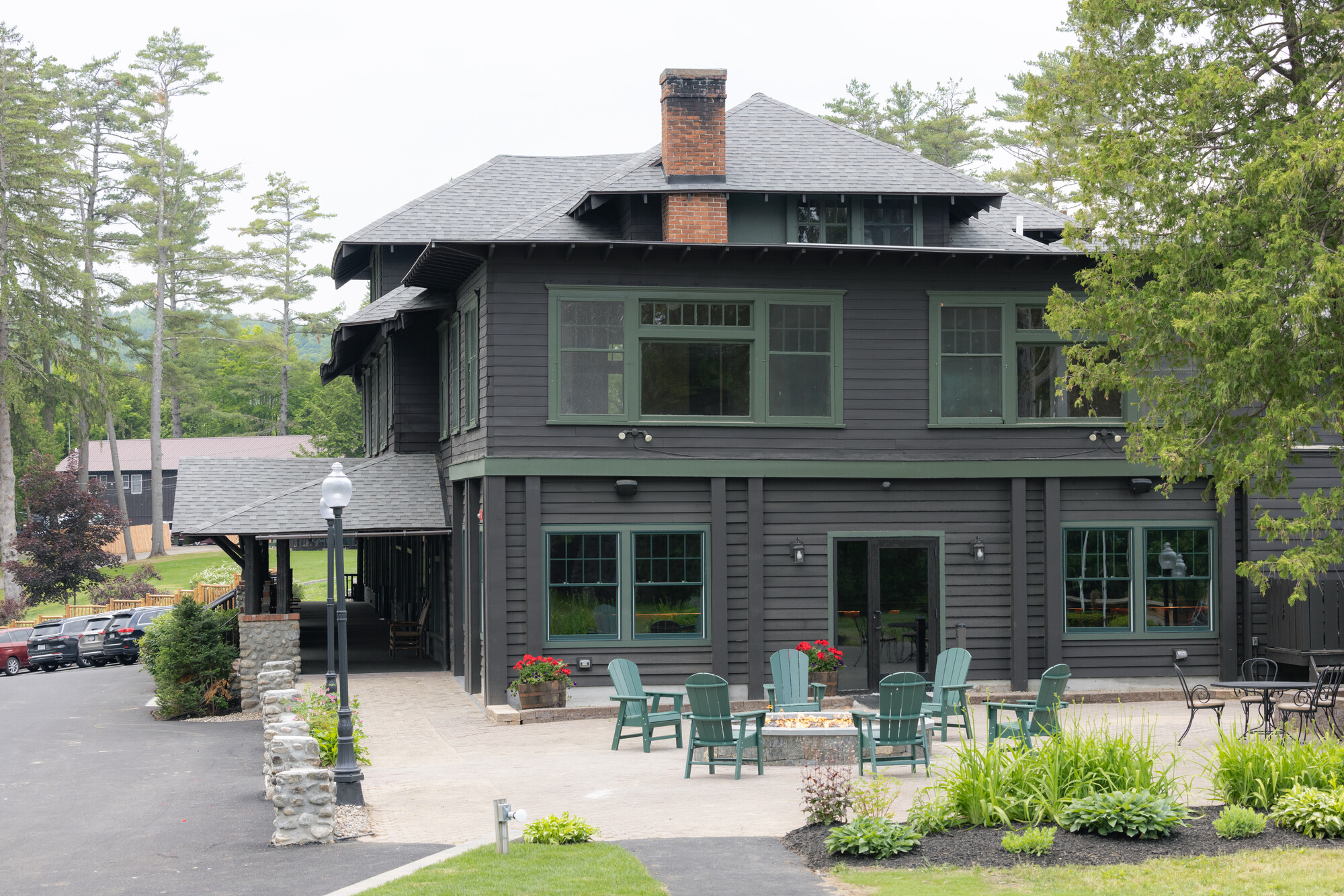

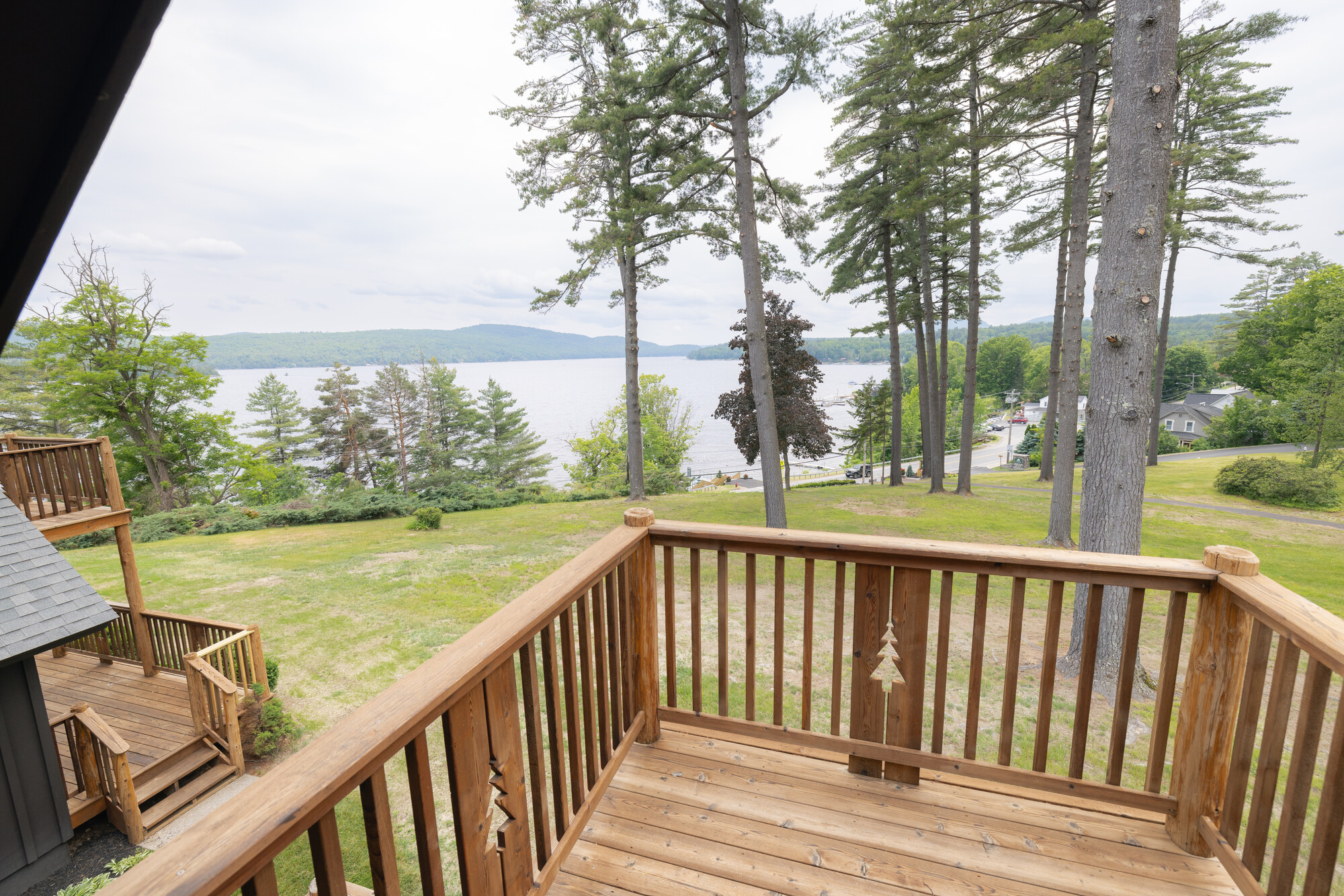


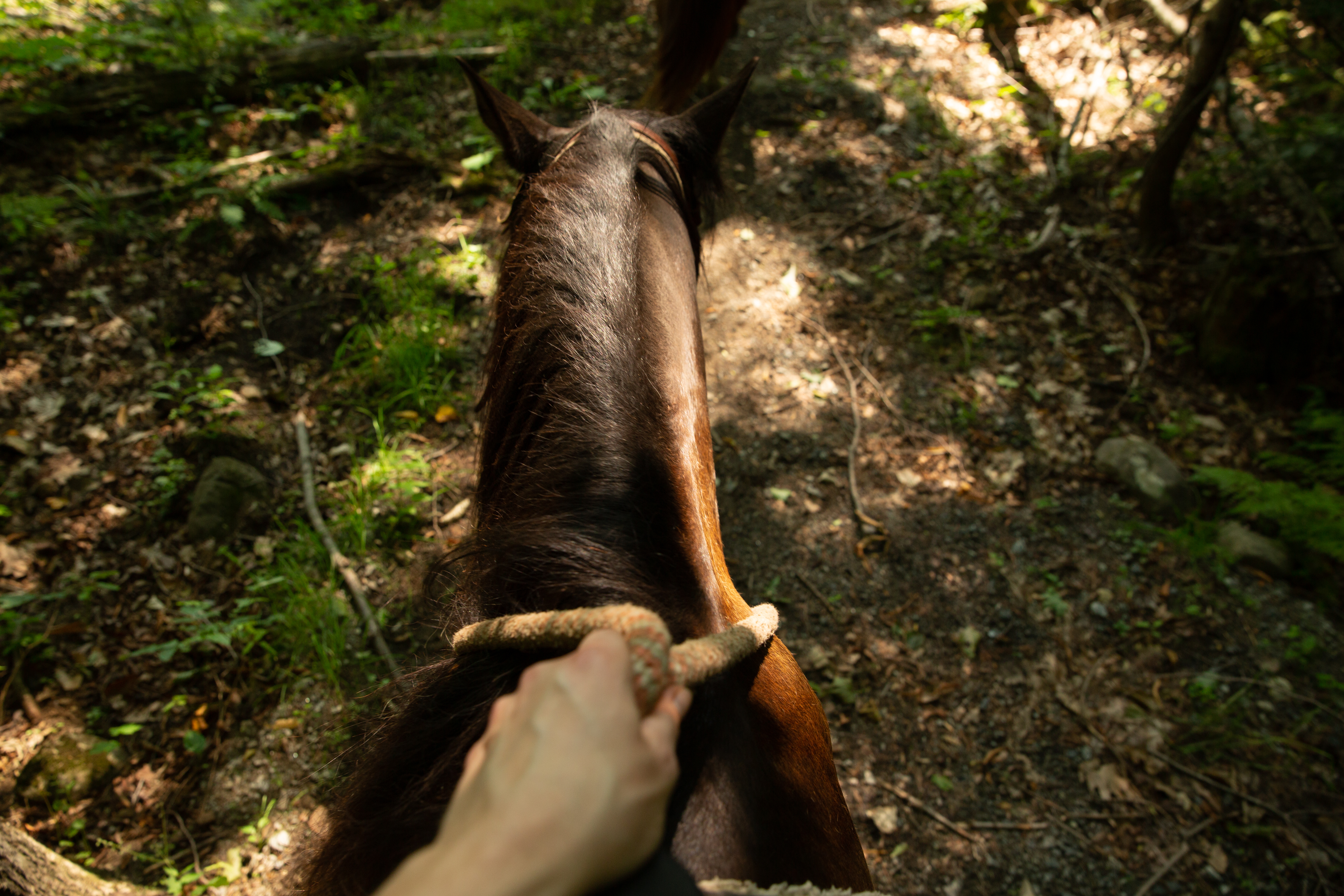
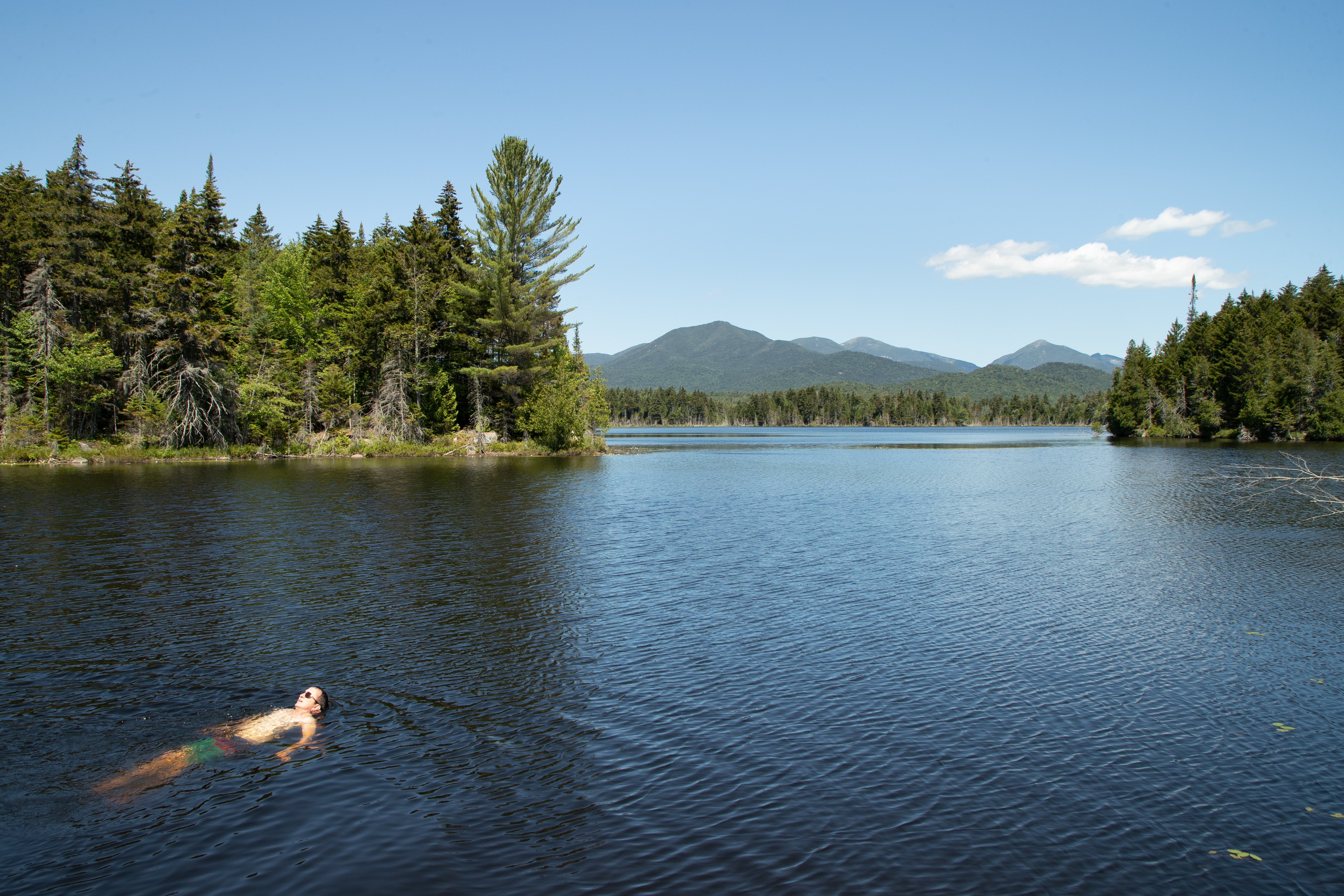
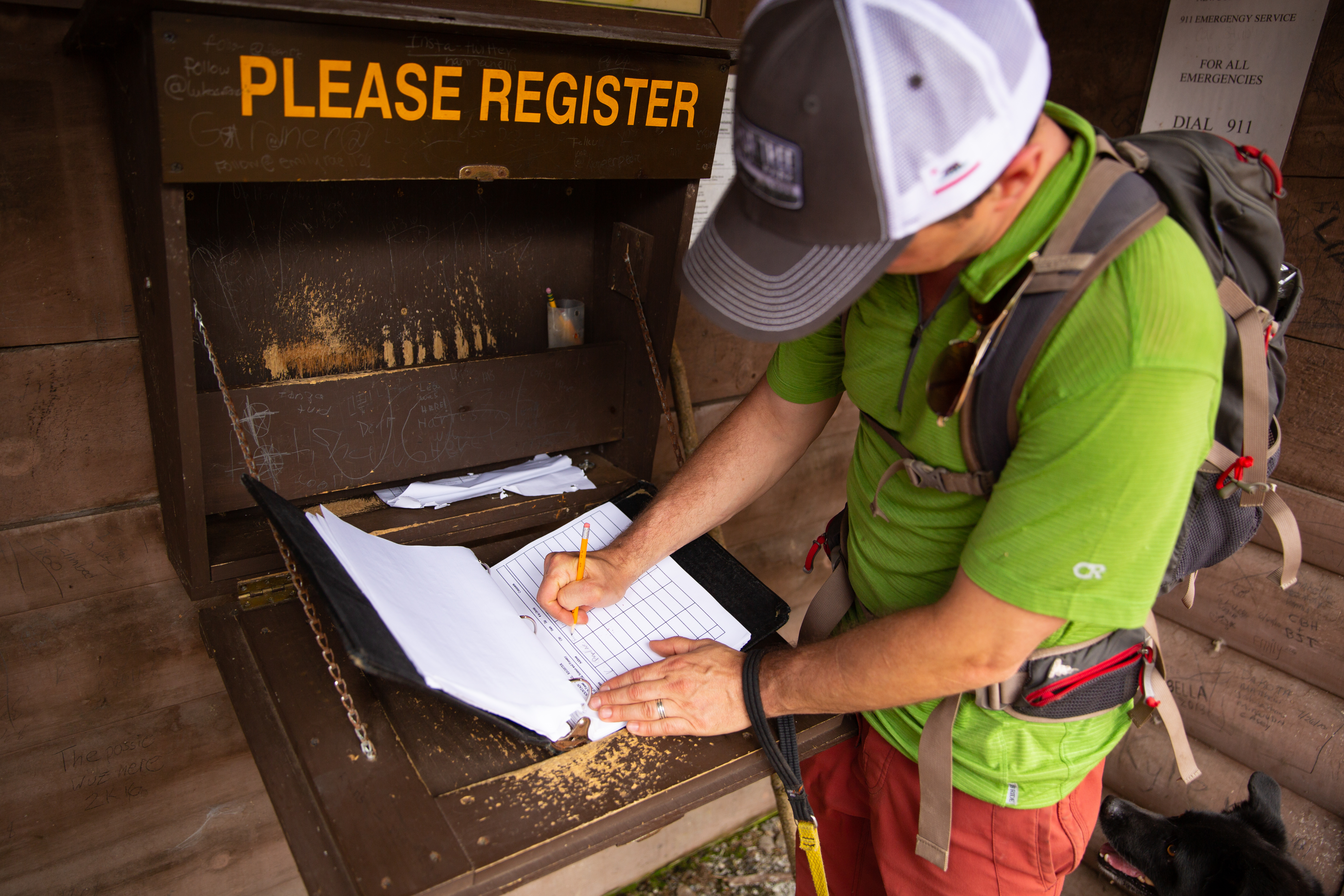
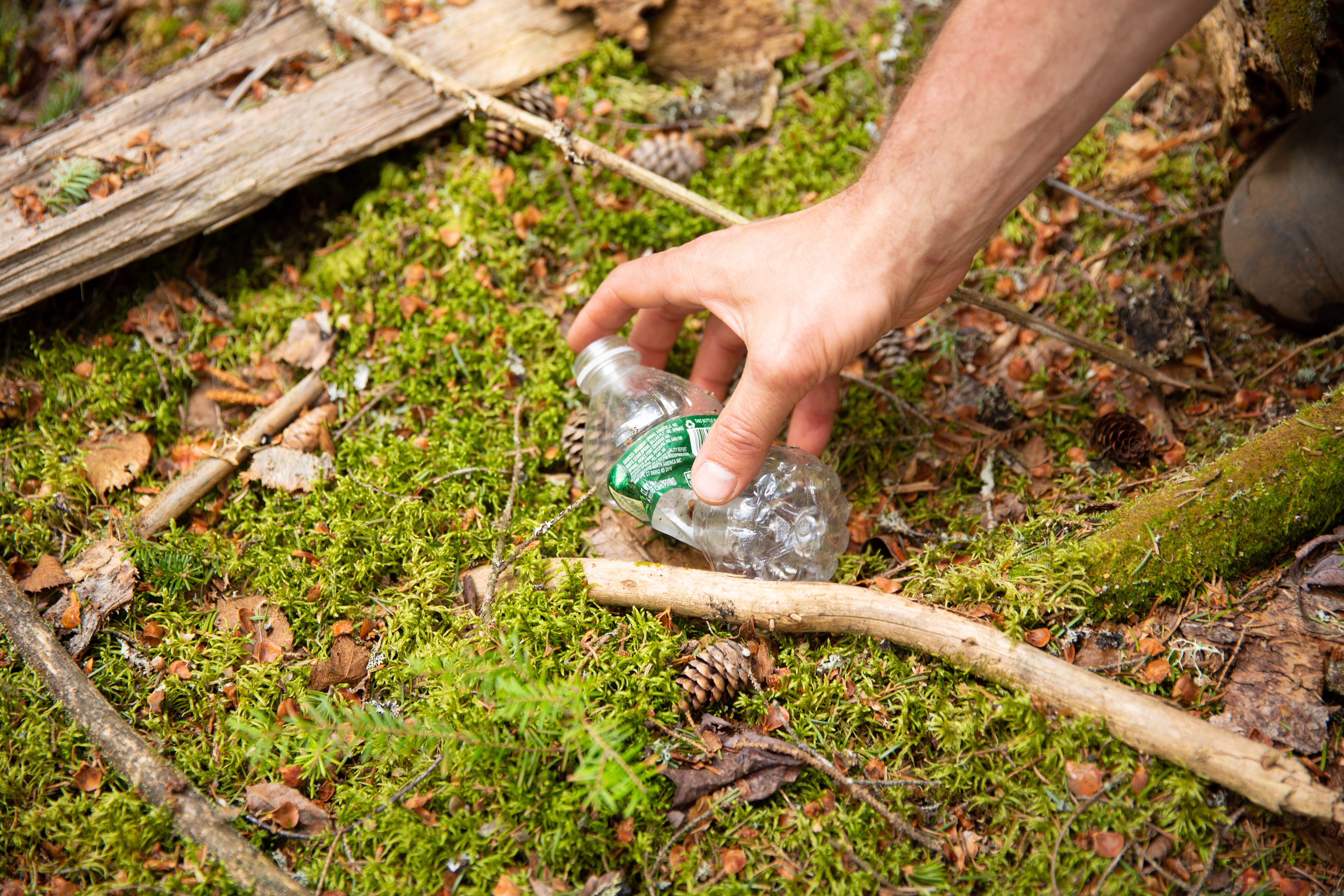

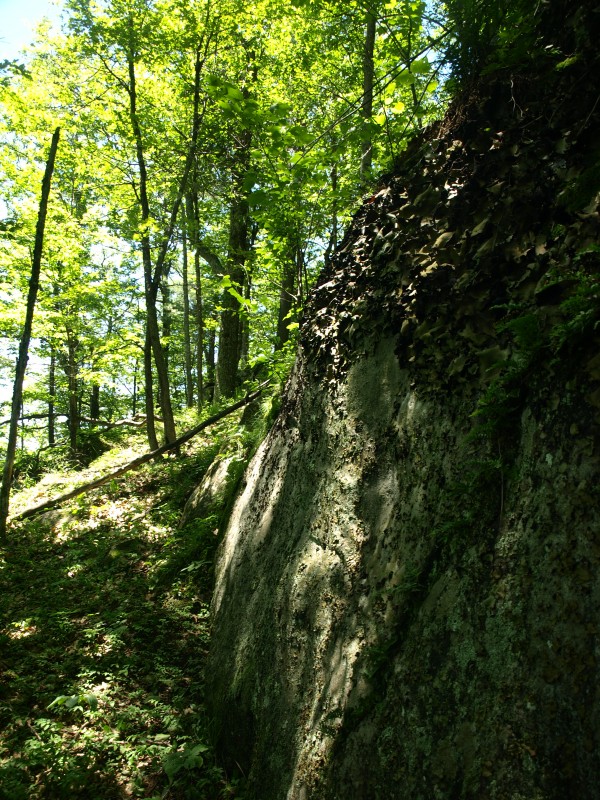
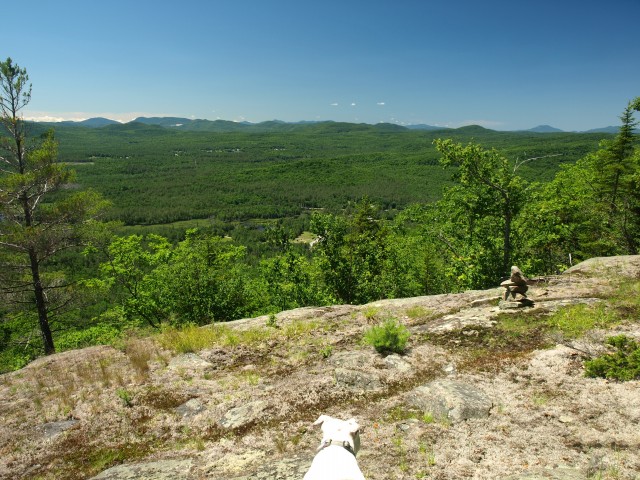
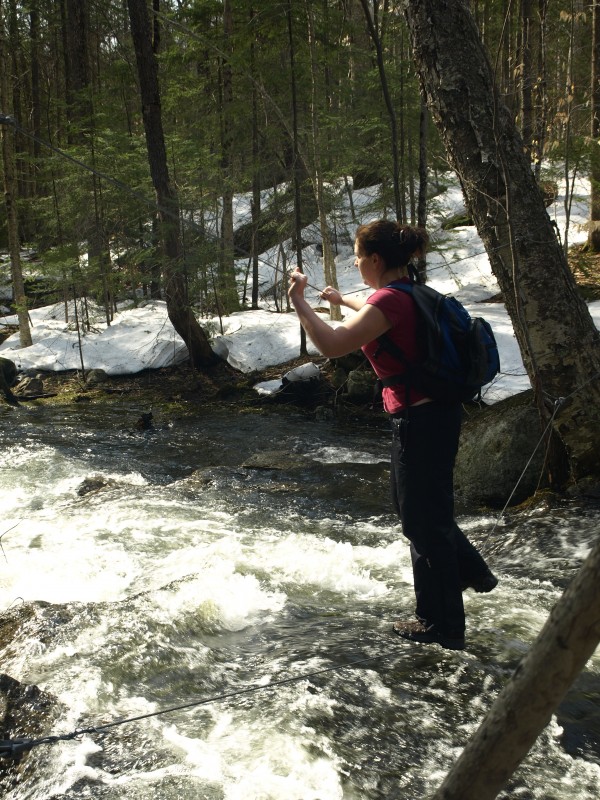
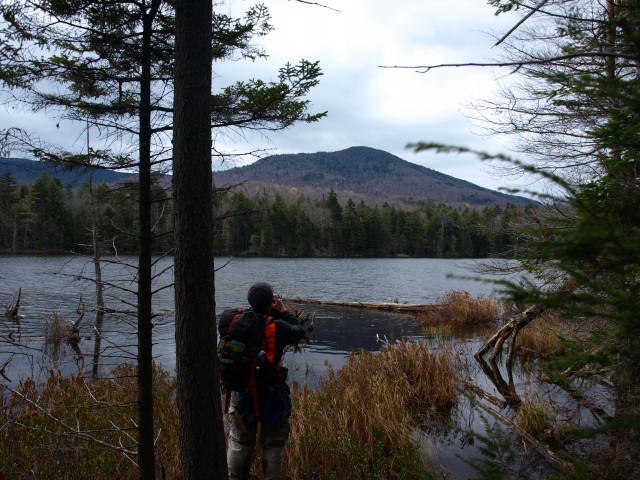
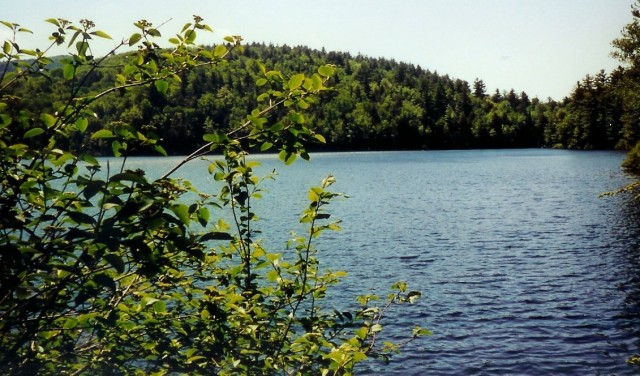
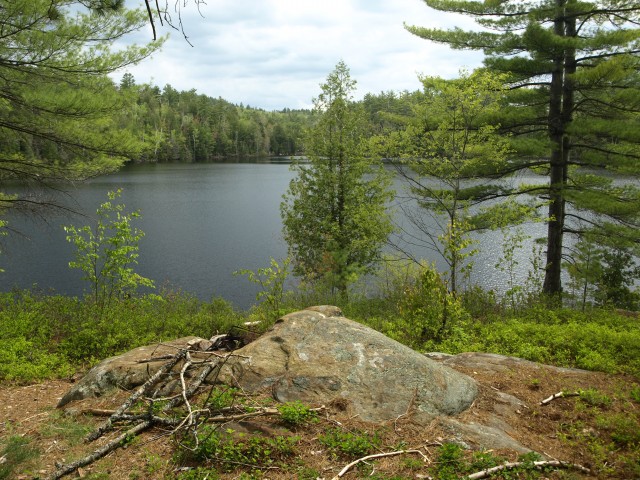
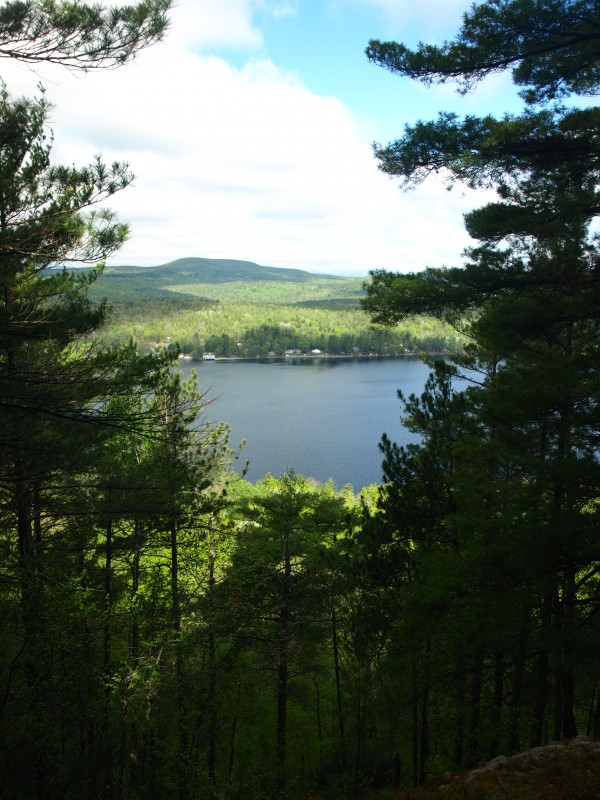

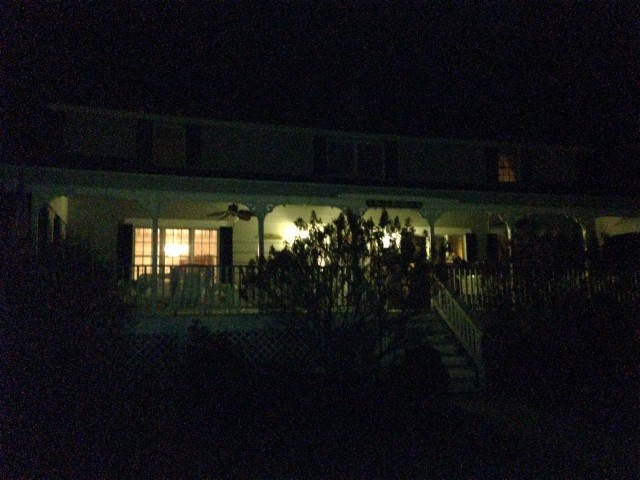





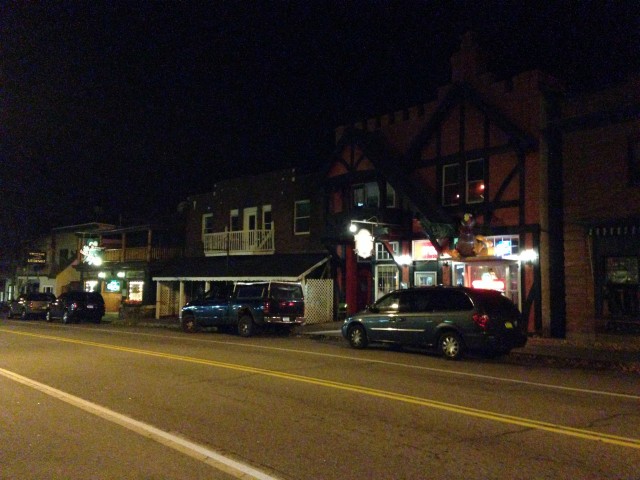
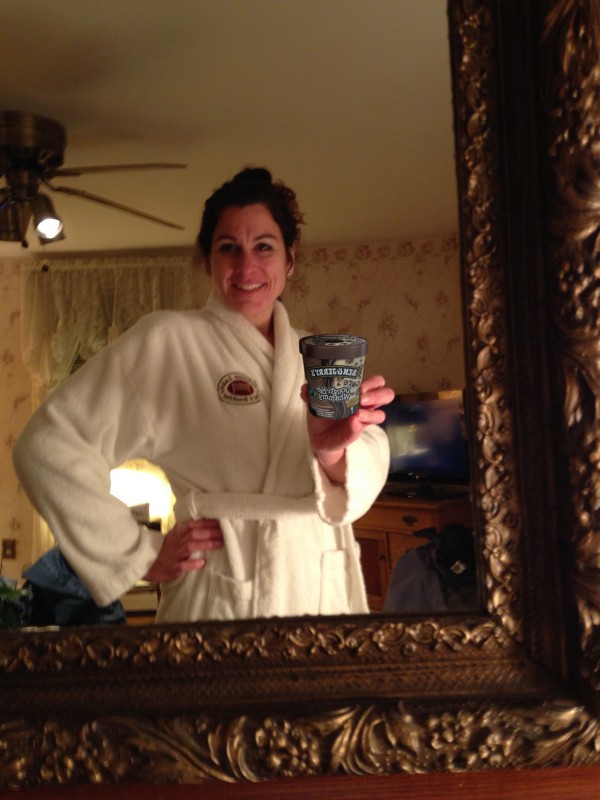


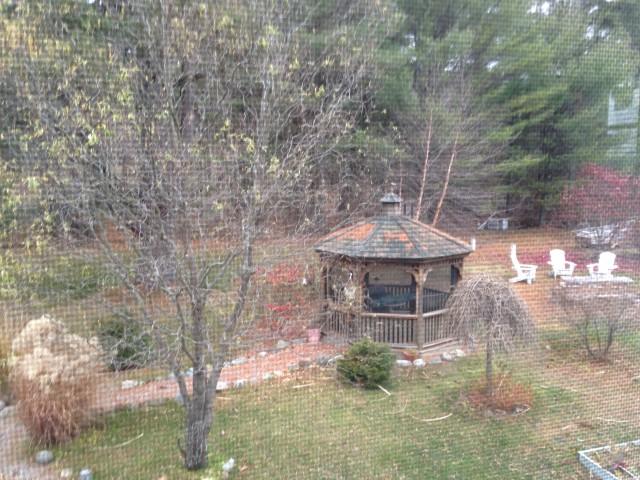
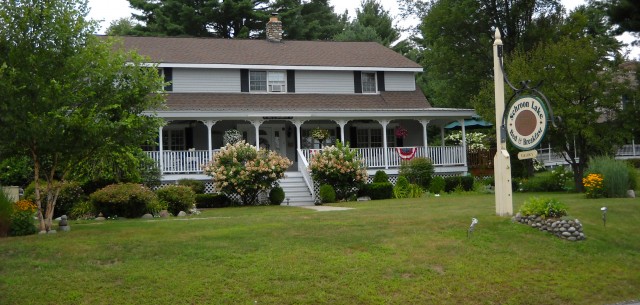
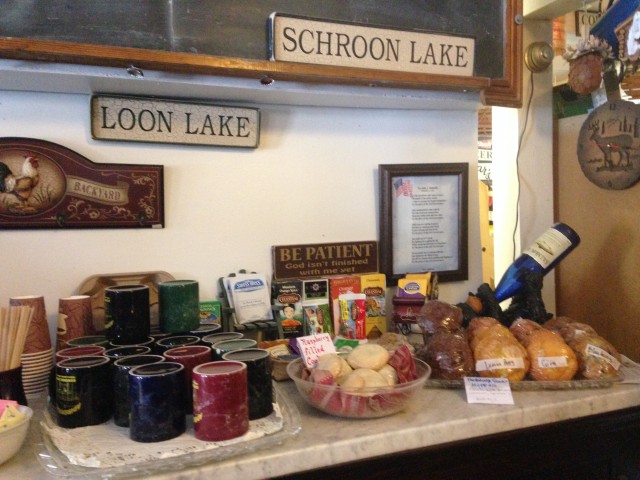
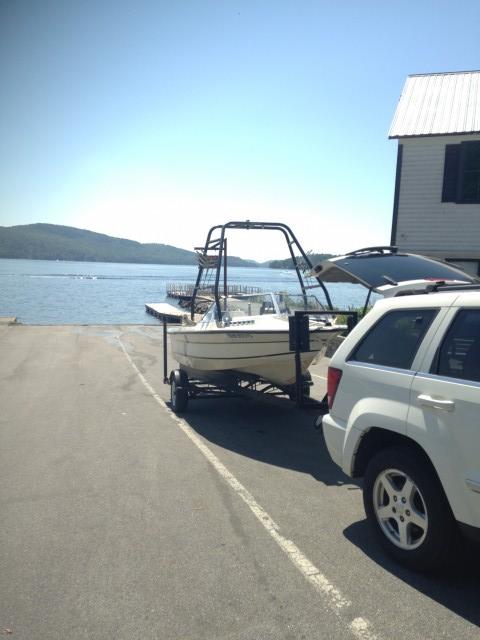
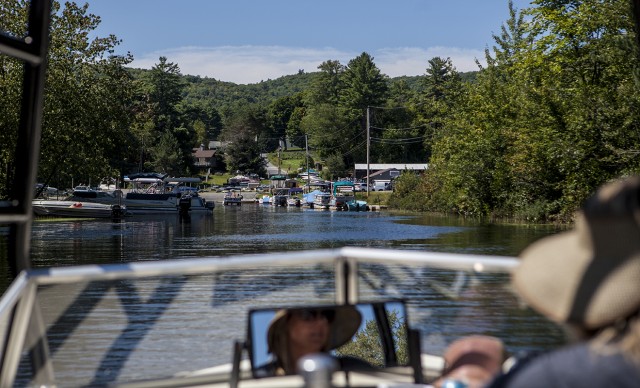
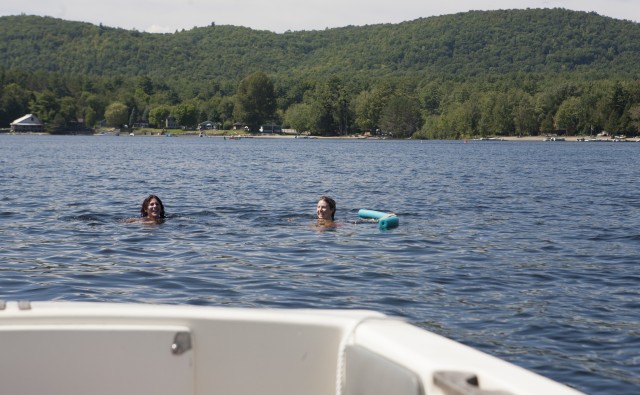
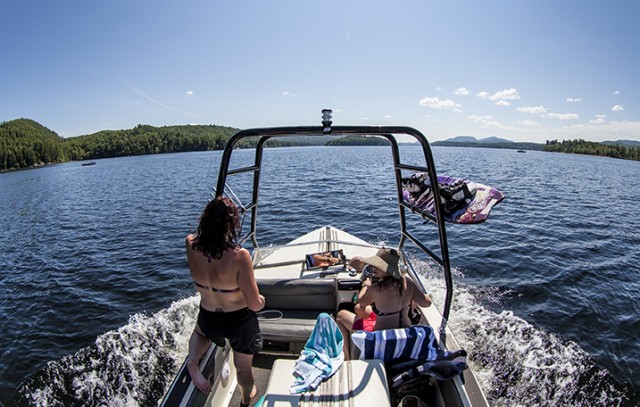
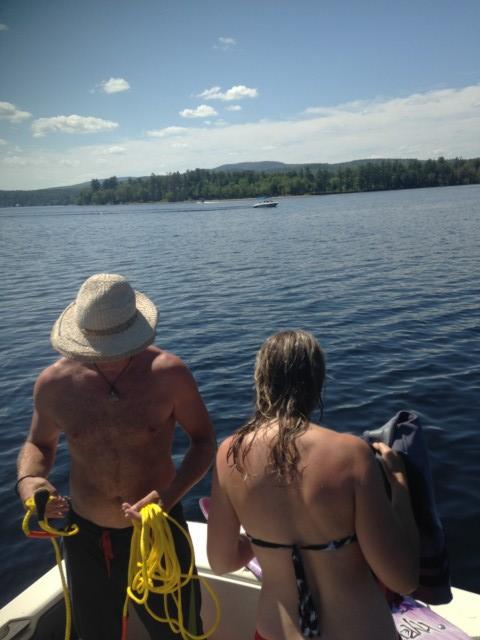
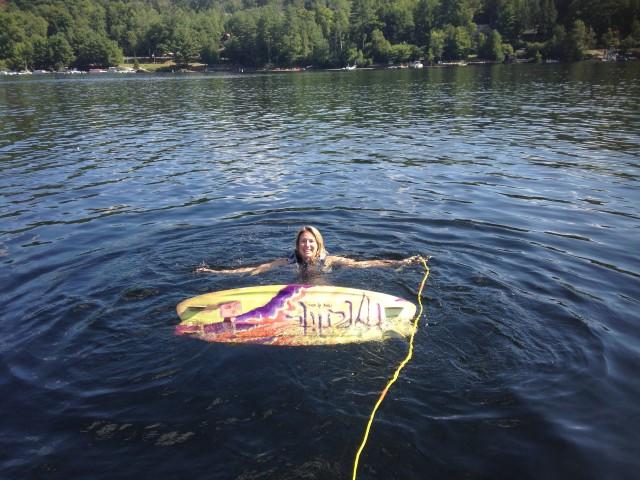
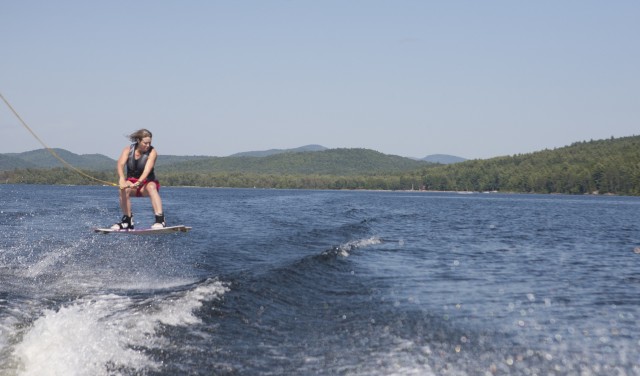
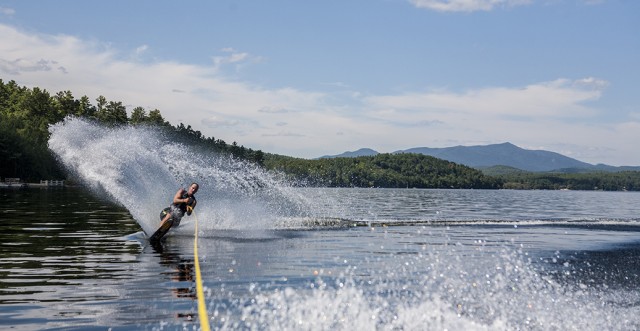
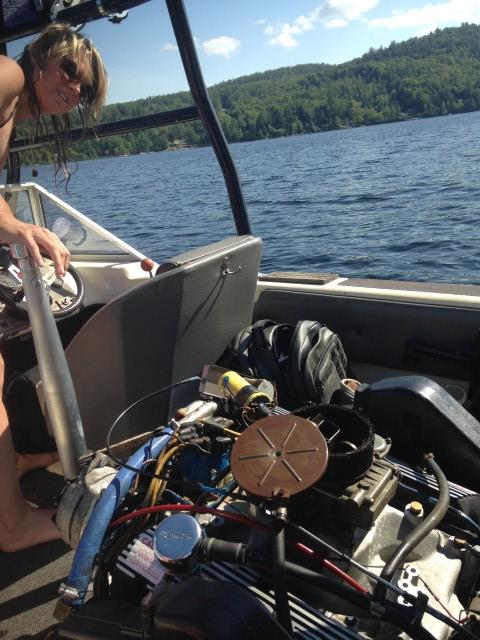
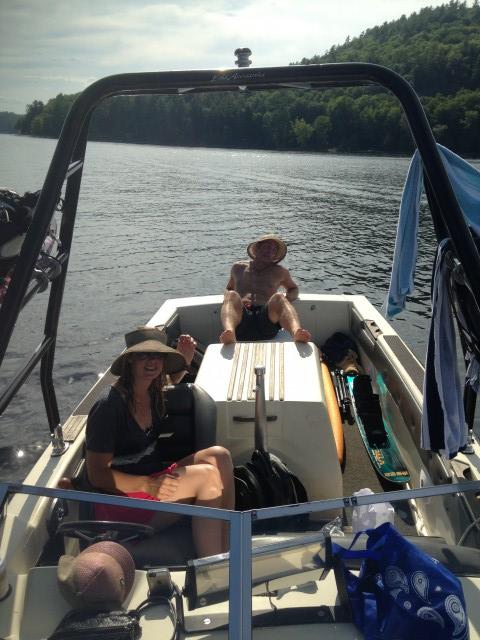
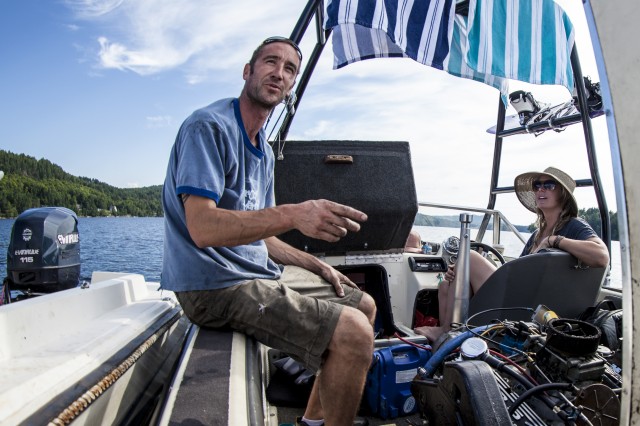
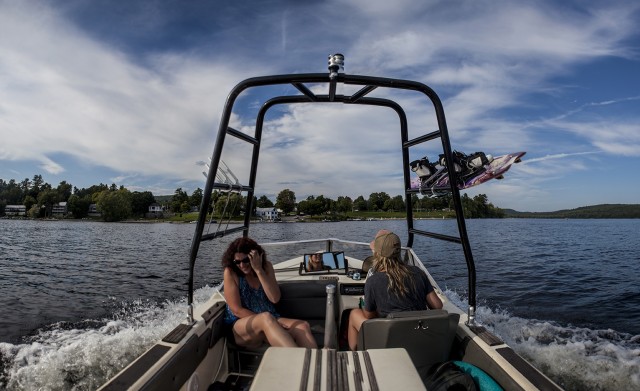
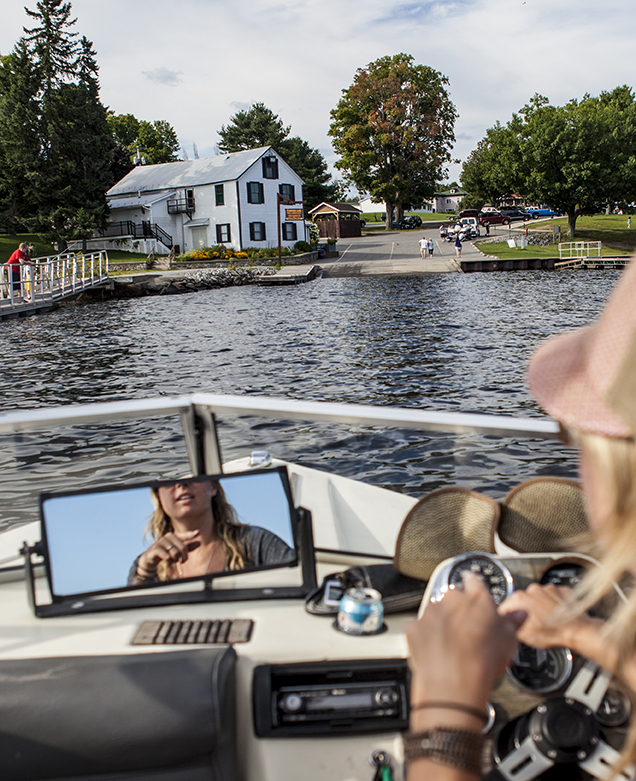
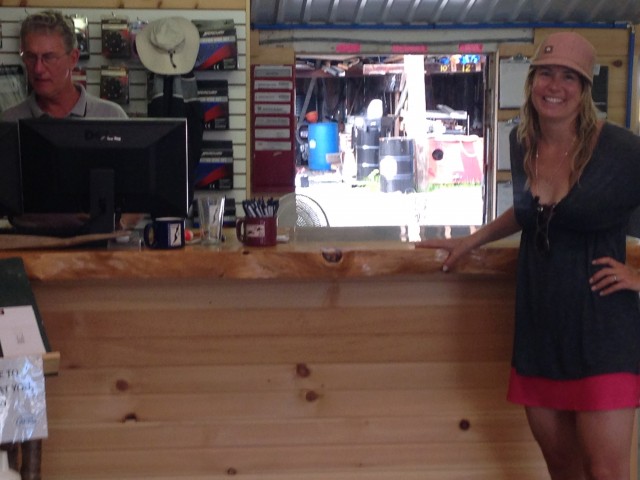
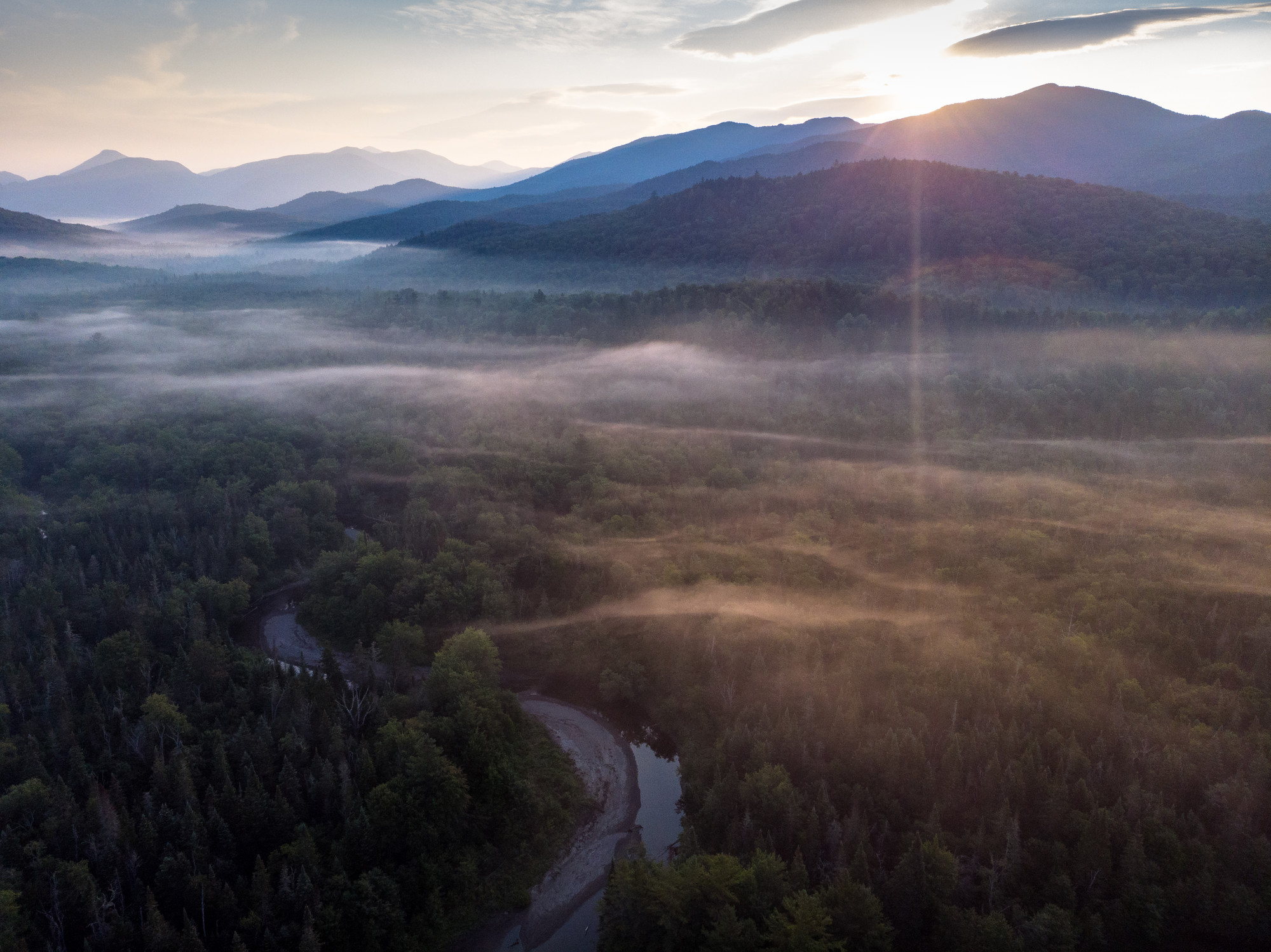
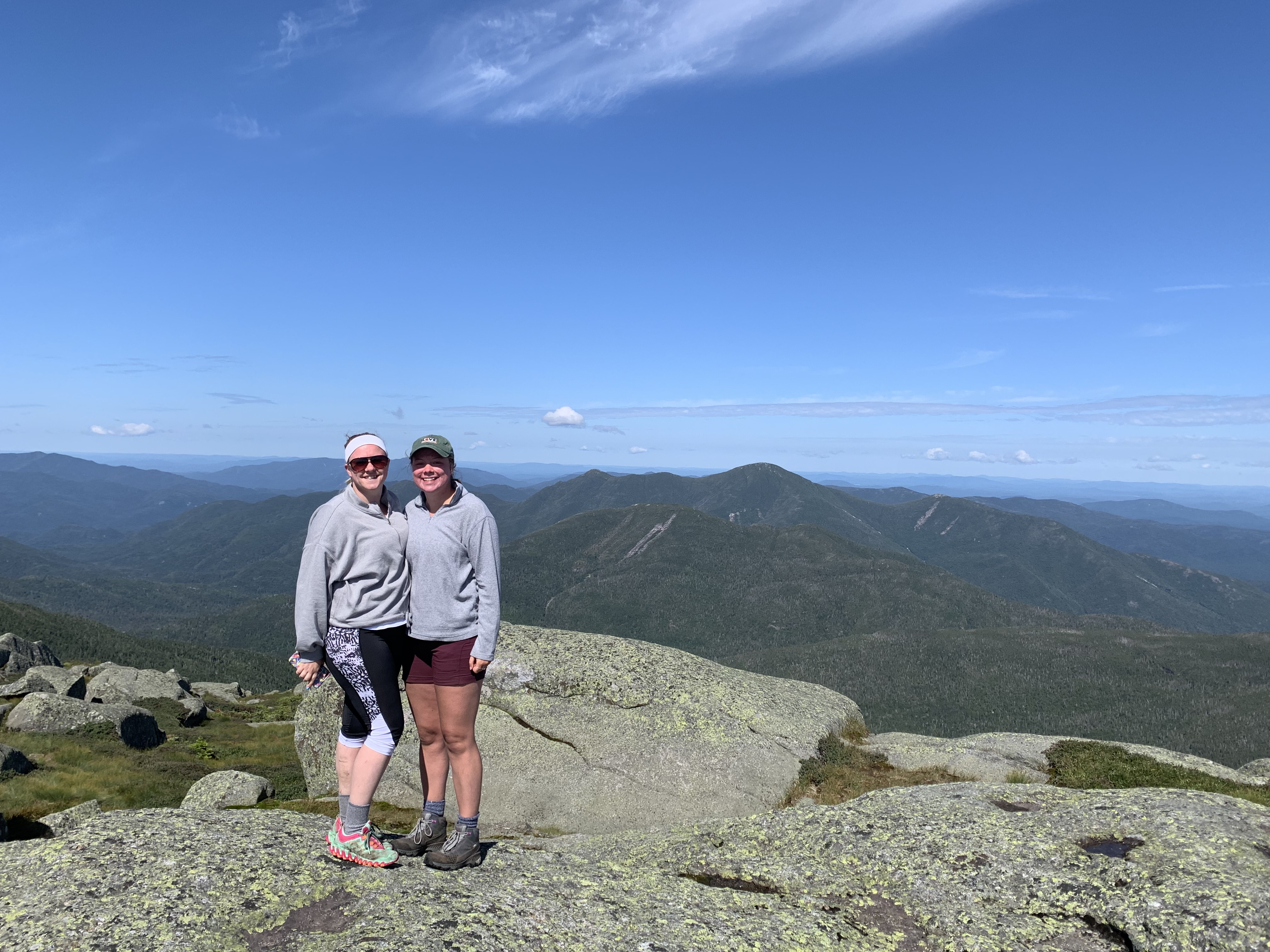
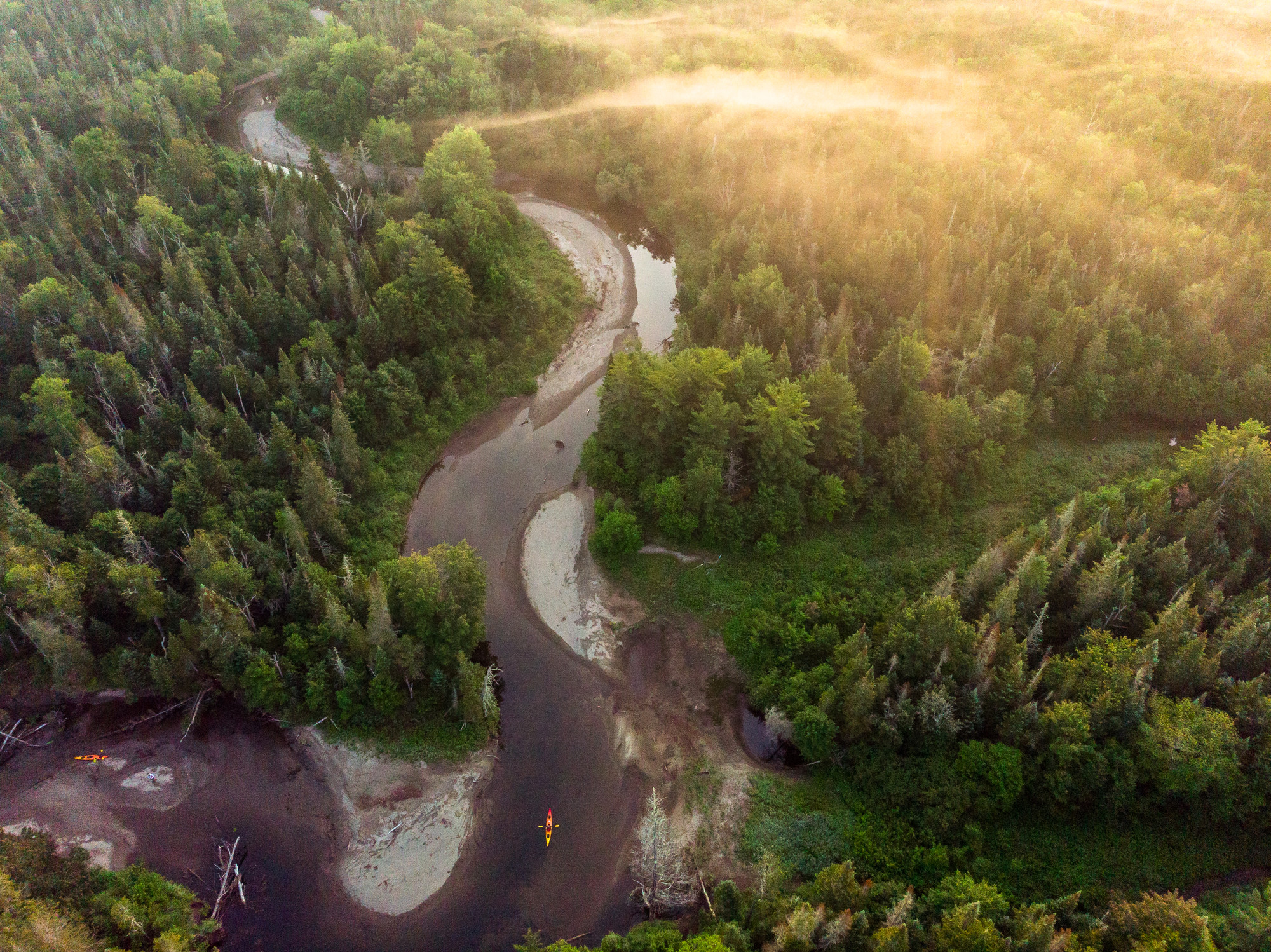
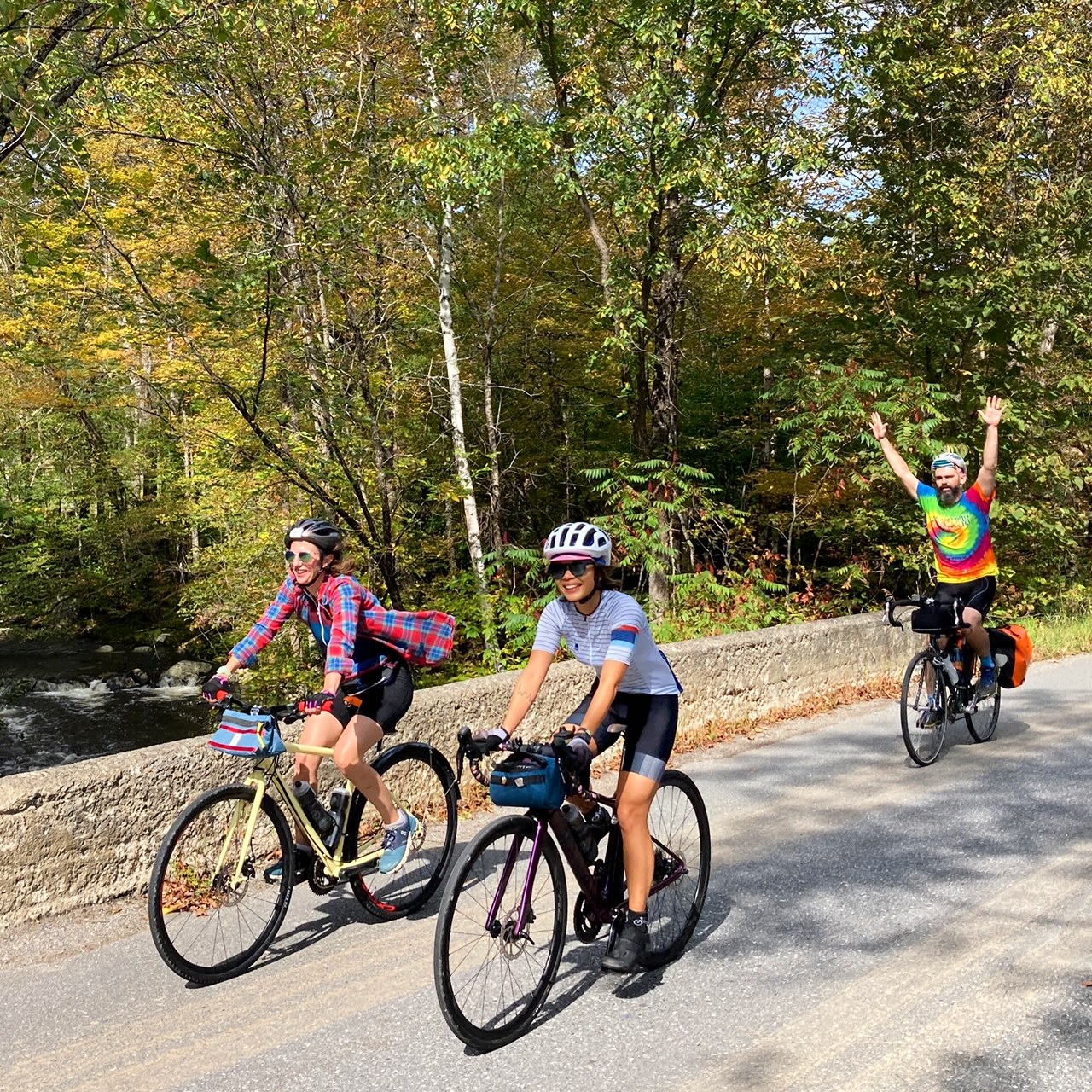
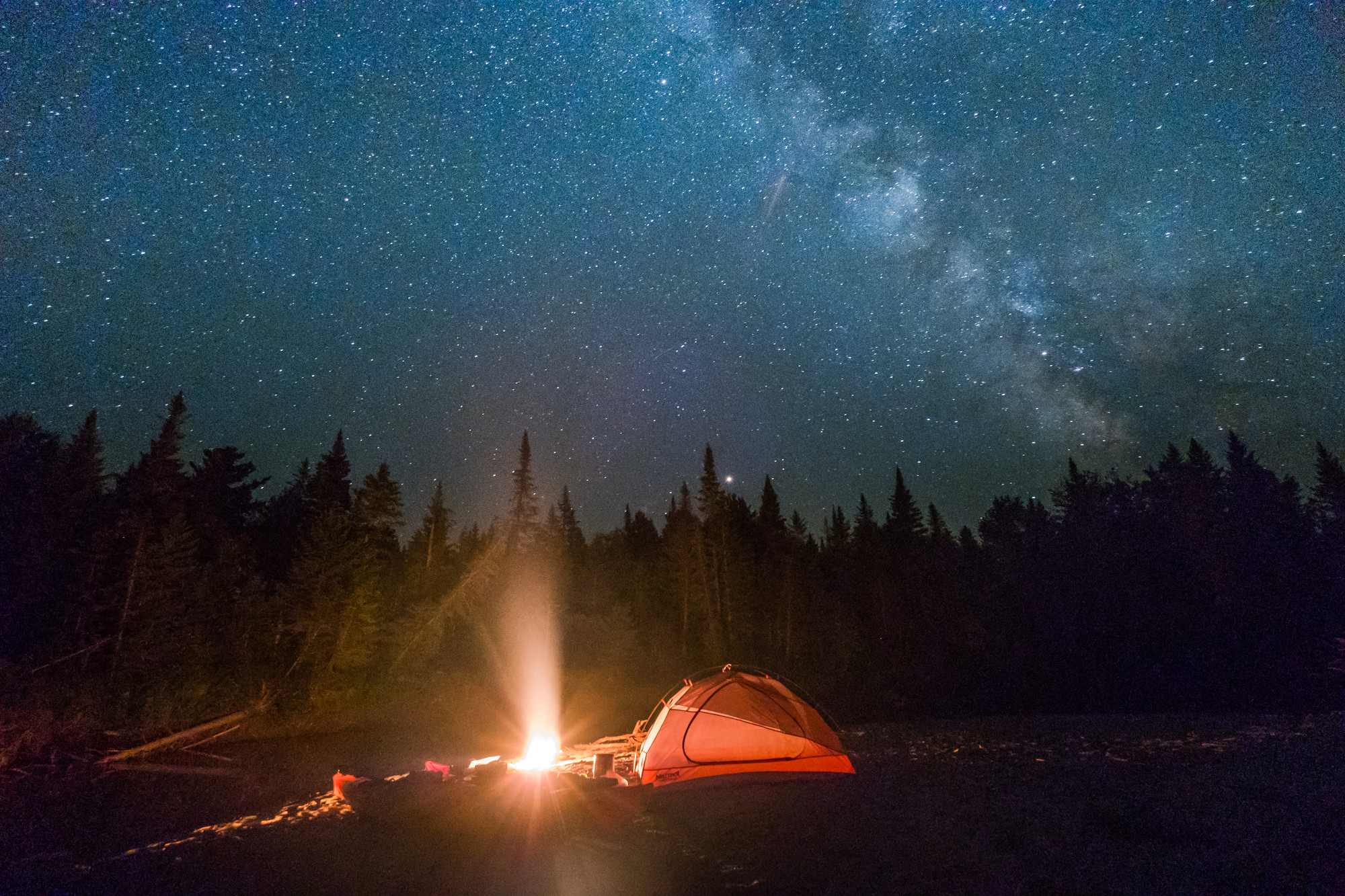
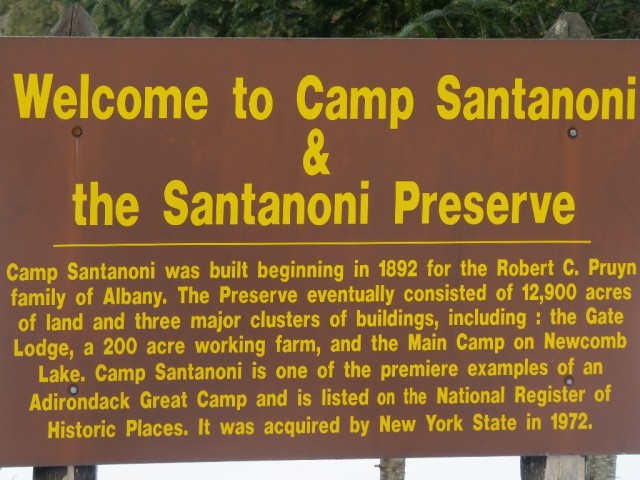
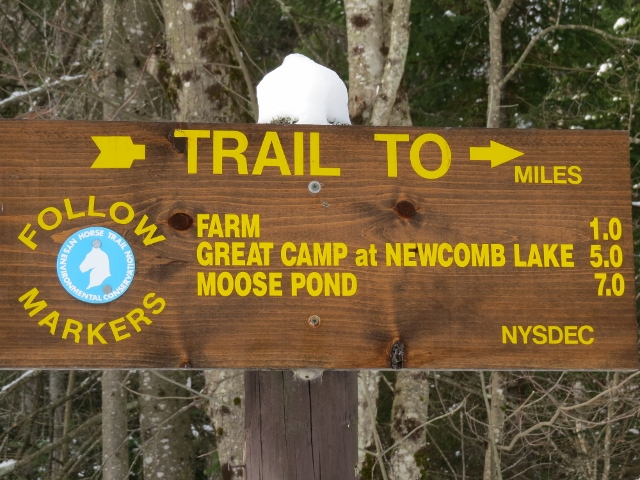

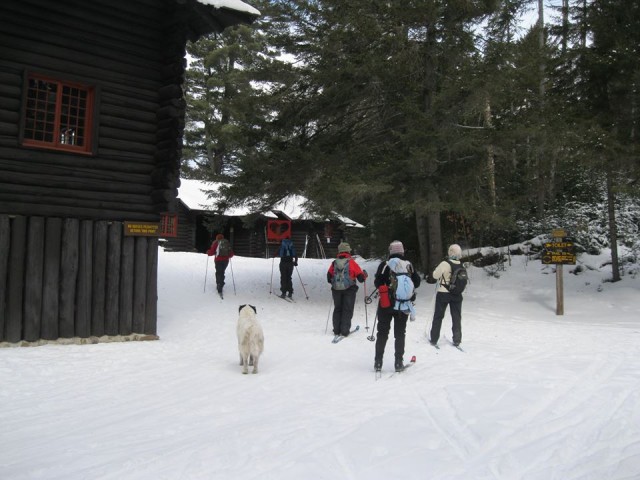
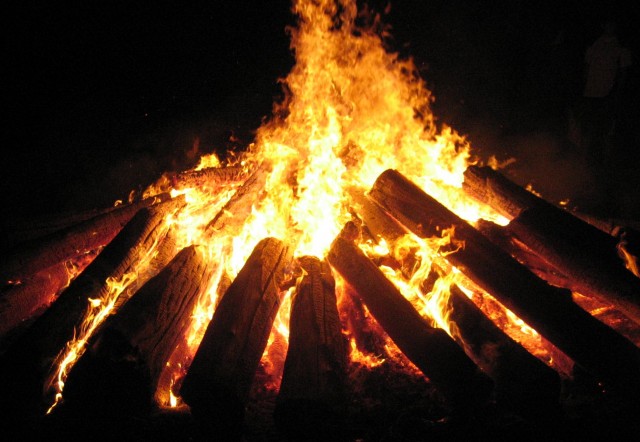
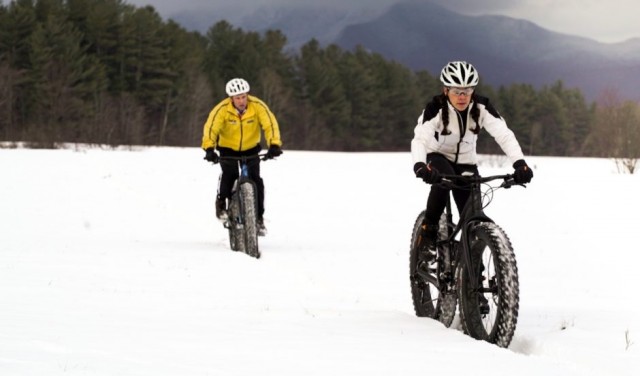
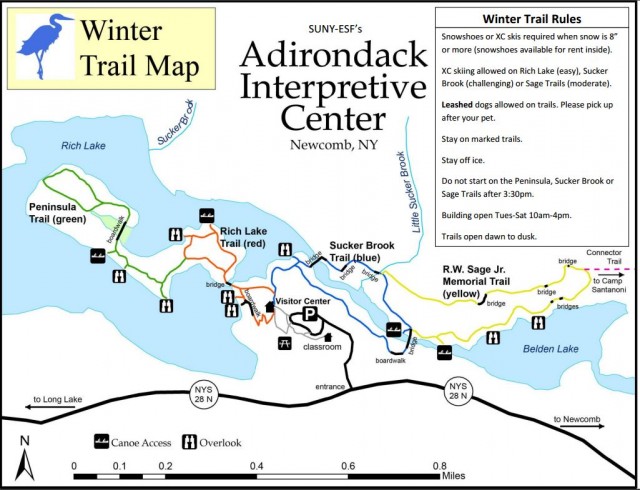


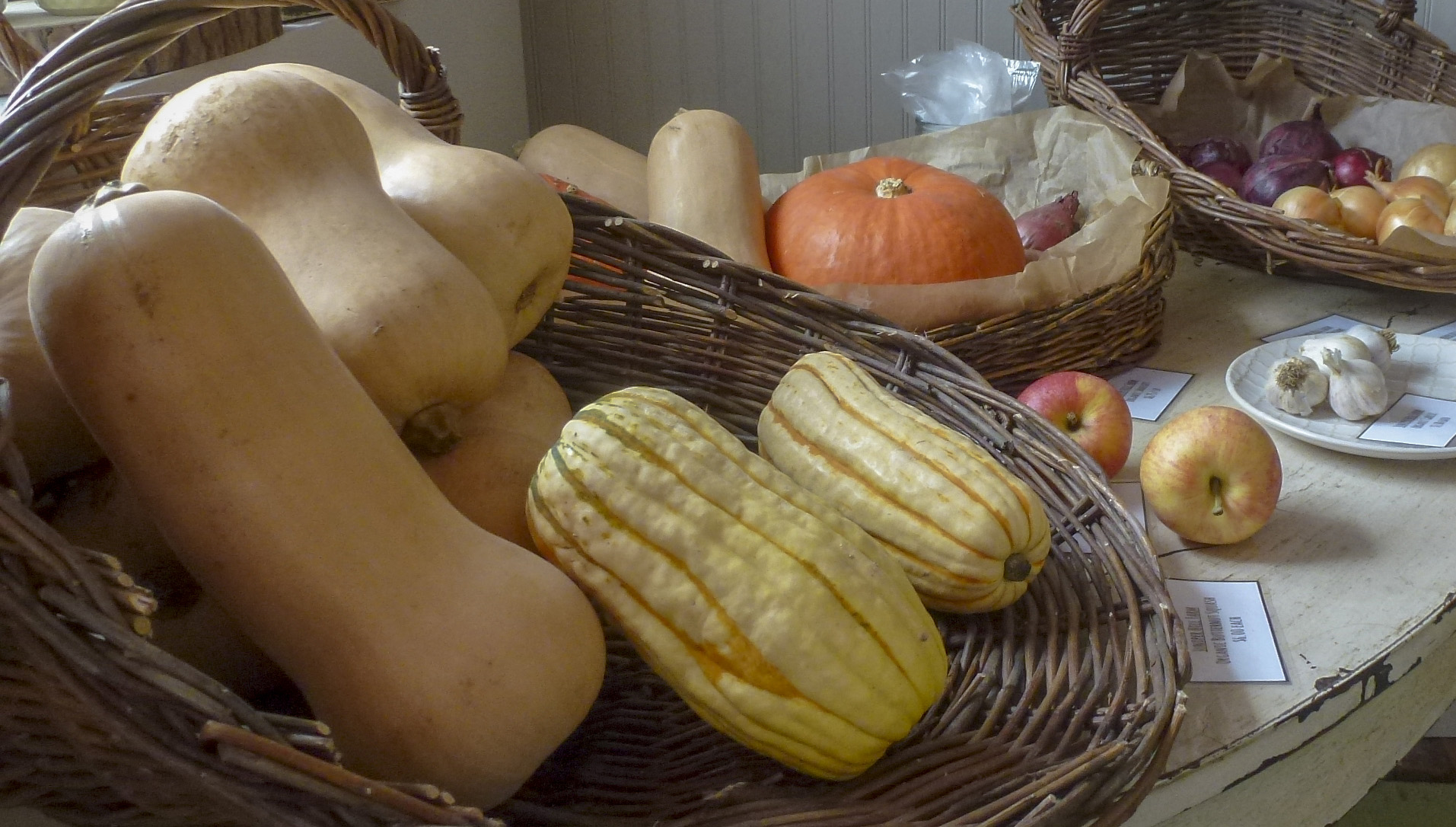

 If you can get out of Pine Cone Provisions empty handed, you’re a stronger person than me. I came home with a cast iron cookbook and this marvelous banana jam. Seriously folks, Brooklyn be jammin with Brin's Banana Jam. It's like someone took all the best parts of banana bread and concentrated it into one tiny jar. A little goes a long way, and I'll be back for more.
If you can get out of Pine Cone Provisions empty handed, you’re a stronger person than me. I came home with a cast iron cookbook and this marvelous banana jam. Seriously folks, Brooklyn be jammin with Brin's Banana Jam. It's like someone took all the best parts of banana bread and concentrated it into one tiny jar. A little goes a long way, and I'll be back for more. 
